The Secret of Brunello Wine
The wines from Brunello di Montalcino are unique not just in Italy but in the world. Located in the Tuscan province of Siena, Italy, Brunello wines are unusual because of:
- History
- Grape variety
- Terroir
- Regulation
- Controversy
A Short History of Brunello di Montalcino Wine
Brunello’s history stands alone in the wine world. It starts with one family who created and nurtured this signature wine.
Without Clemente Santi, Brunello would likely not exist. Before he planted the first Sangiovese Grosso vine, the area produced sweet, sparkling wines from the Moscadello grape. The area around the town of Montalcino was one of the poorest regions in Italy at the time.
Santi propagated this unique clone of the Sangiovese grapevine in 1842, though wine has been documented here since the 1300s. Only the Biondi-Santi family made Brunello until after World War II.
Santi produced his first vintage in 1865 as a single varietal wine made from 100% Sangiovese Grosso. This wine needed long aging to balance the firm tannin and high acidity.
The family made only three other vintages (1888, 1891, 1925) until 1945. These wines were rare and priced accordingly, increasing Brunello’s mystery and exclusivity.
After the war and due to Biondi-Sandi’s success, other producers came on the scene, expanding the wine region.
Some call the famous Biondi-Santi vineyard “Il Greppo” a “grand cru” vineyard after France’s AOC system. This concept doesn’t exist under Italian law.
In the 1970s, another significant producer, Castello Banfi, the region’s largest, planted vines southwest of Montalcino. There they produced Lambrusco but replanted in favor of Sangiovese.

Brunello’s Special Grape Variety
Sangiovese is the most common and popular grape variety in Italy. While there are many clones of this grape, none have achieved such heights and notoriety as Sangiovese Grosso.
The local nickname “brunello” (little brown) came from the appearance of the small, dark-colored berries. Becoming known as Brunello di Montalcino, the nickname aptly represents the dark-colored wine.
Clemente Santi recognized something unique in this clone. He cultivated it in his original 1842 vineyard and vinified it as a single varietal wine, unusual at the time.
Sangiovese Grosso is a grape variety with a thicker skin. These skins contribute the tannin and dark color found in the wine.
When well-ripened and adequately aged, these seductive wines are full-bodied with dark fruit flavors and a savory character. Because of the high acidity, these wines not only age well but pair well with food.
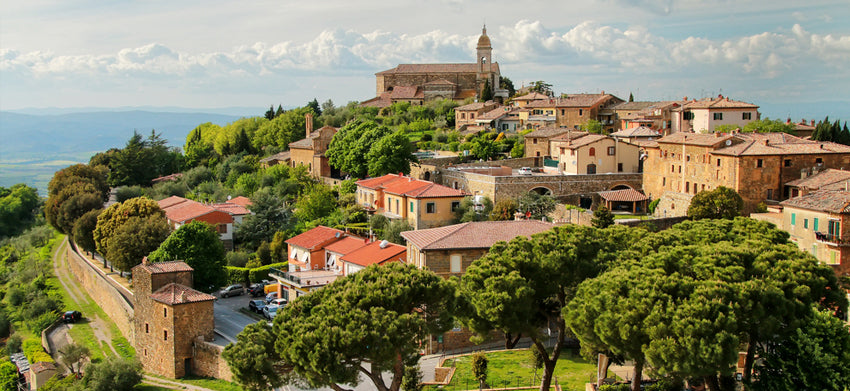
Terroir in the Brunello Wine Region
The town of Montalcino, a UNESCO World Heritage Site since 2004, lies south of the Chianti wine region.
Smaller than Chianti, vineyards make up about 15% of the region, 20% of which are certified organic and biodynamic.
With forests, plains, and fields, there are large oaks, roaming deer and wild boar as well as truffles, honey, and asparagus. The name Montalcino comes from Monte Leccio, meaning “holm oak hill.”
Monte Amiata, located south of Montalcino, is central Italy’s highest peak. The mountain provides a protective barrier against extreme southern winds.
Vineyards fan out around the town both north and south. Newer producers moved into the southwest, further from the traditional vineyards.
With slopes facing north and south and at different elevations, the region is a showcase of microclimates. This results in a wide variety of styles and quality.
Northern facing slopes allow slower ripening and brighter and more floral styles of wine. With more sunlight, south facing slopes give fuller, riper and more concentrated wines. These vineyards tend to be at higher elevations.
The climate here is the warmest and driest in Tuscany, an ideal Mediterranean climate. Grapes achieve optimal ripeness and added depth and structure, depending on the altitude of the vineyard.
Sea breezes from the Tyrrhenian Sea (some 30 miles west) deliver cooling temperatures and keep grapes dry. Three rivers surround the region moderating temperatures further.
In the north, the famous “galestro” soil enhances the rich, dark character of Brunello wines, adding aromatics. In the south, clay soils lean toward riper styles.
Galestro is a rocky soil, a marl-like sandy-clay mixture with characteristics similar to schist or slate. It breaks down easily, allows air to flow through, and holds water well.
Soils are not homogenous, so vineyard site matters. For example, limestone exists in some vineyards, adding elegance or finesse to the wines. Because of this variability, wine quality and complexity vary throughout the region.
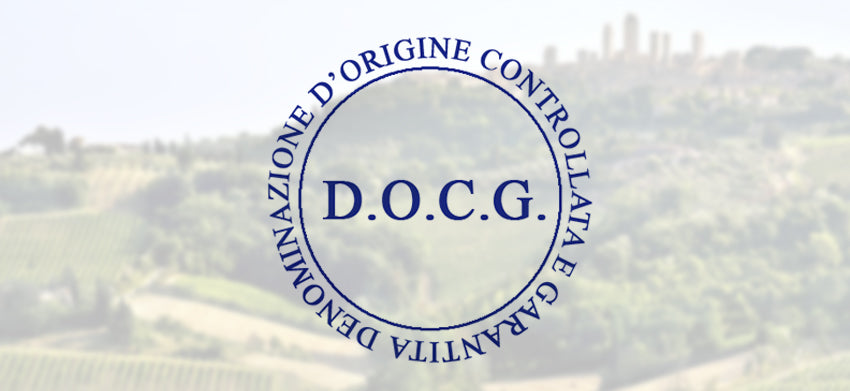
Regulations and Reputation
Named a DOC wine in 1966, Brunello was among the first wines awarded Denominazione di Origine Controllata e Garantita (DOCG) status in 1980.
- DOCG law requires “normale” wines to age for a minimum of four years, at least two in oak barrels with another four months in bottle.
- The “Riserva” classification requires a minimum five years, with two years in barrel and six months in bottle.
- Rosso di Montalcino, the region’s second wine, requires one year of aging before release, six months in oak.
With a more restrained style and needing long aging, traditional wines rest for a minimum of three years in large neutral oak casks. Other winemakers use small French oak barrels for a more modern, approachable style.
Long aging ensures minimally integrated wines in terms of tannin and acidity. With modern techniques, wines are much more approachable at a younger age.
To maintain quality, not every year sees Brunello. In weaker vintages or if a Brunello is not aging as expected, the wine is downgraded and labeled as a Rosso di Montalcino.
Another authorized wine from Montalcino, approved in 1996, called Sant'Antimo, allows other grapes. Producers create blends or single varietal wines, both red and white. Grapes include Cabernet Sauvignon, Merlot, Pinot Nero, and Chardonnay.
The establishment of the Consorzio del Vino Brunello di Montalcino in 1967 promotes the industry and has over 200 members.

Controversy: Brunellopoli (Brunellogate) and More
- 1990s - The government expanded the land area designated as Montalcino, which started a vineyard buying frenzy. The amount of Brunello available increased, and overall quality fell.
- 2008 - Dubbed Brunellopoli or Brunellogate, authorities confiscated wines from four producers’ 2003 vintage due to fraud. The wines were allegedly doctored with prohibited grapes and labeled as Brunello. At the time, the U.S. restricted Brunello imports without proven authenticity.
- 2017 - Gianfranco Soldera’s Case Basse winery lost five years of Brunello (2007 - 2012) aging in casks. A disgruntled employee opened the taps running the wine down the drain.
- Recently, some producers from the Consorzio proposed liberalizing regulations. They wanted to reduce aging requirements and expand varieties beyond Sangiovese. Discussion and controversy continue.

Brunello and Big Hammer Wines
Brunello di Montalcino is one of the most important and complex wine regions in Italy. Let Big Hammer Wines be your expert guide to everything Brunello. Big Hammer Wines' direct import model eliminated the middlemen and delivers the region’s best wines at the best prices anywhere.
Discover our curated selection of Brunellos. Click HERE.
Big Hammer Wines
The wine experts at Big Hammer Wines taste thousands of wines every year from around the globe, looking for quality and value. This special offer reflects the passion we have for our clients.
Discover the world through its wines, Click Here! Visit Bighammerwines.com and become a wine expert!
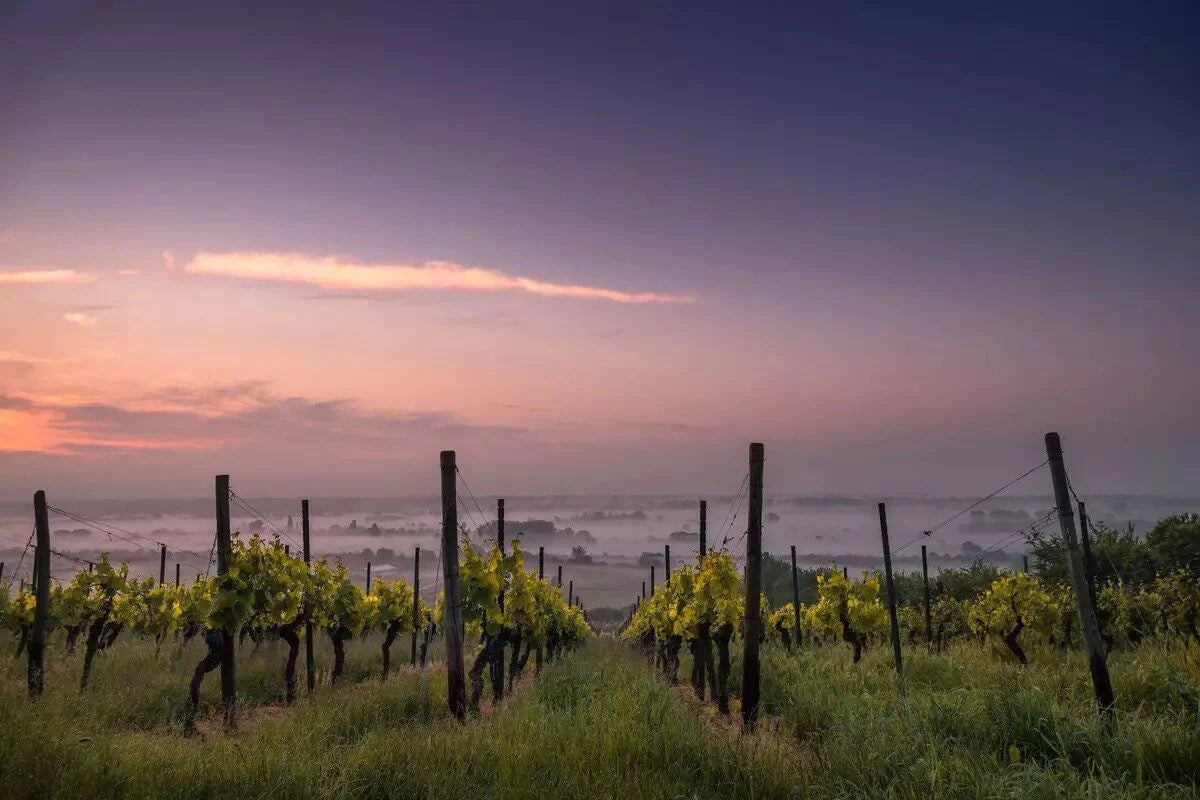
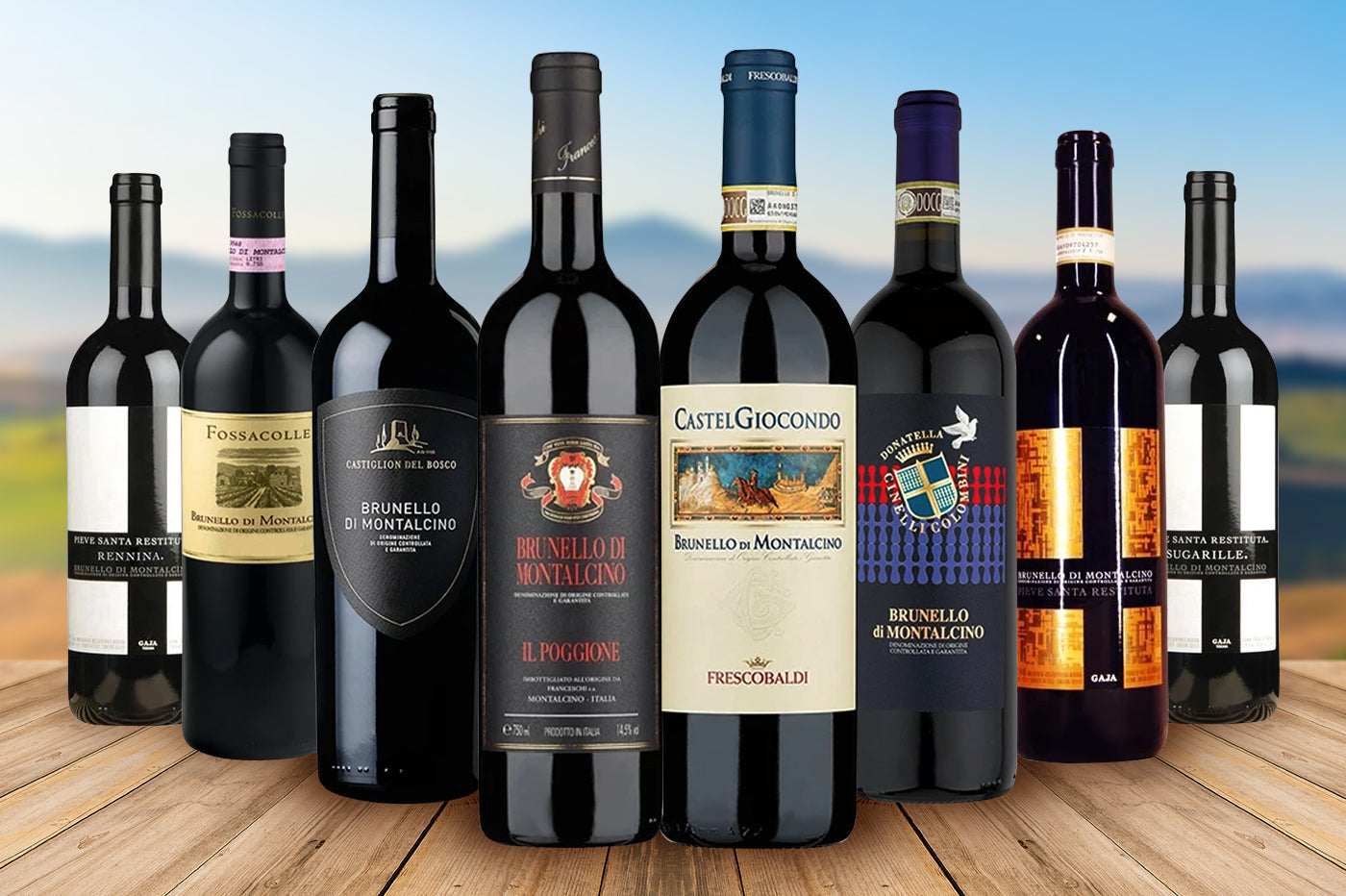
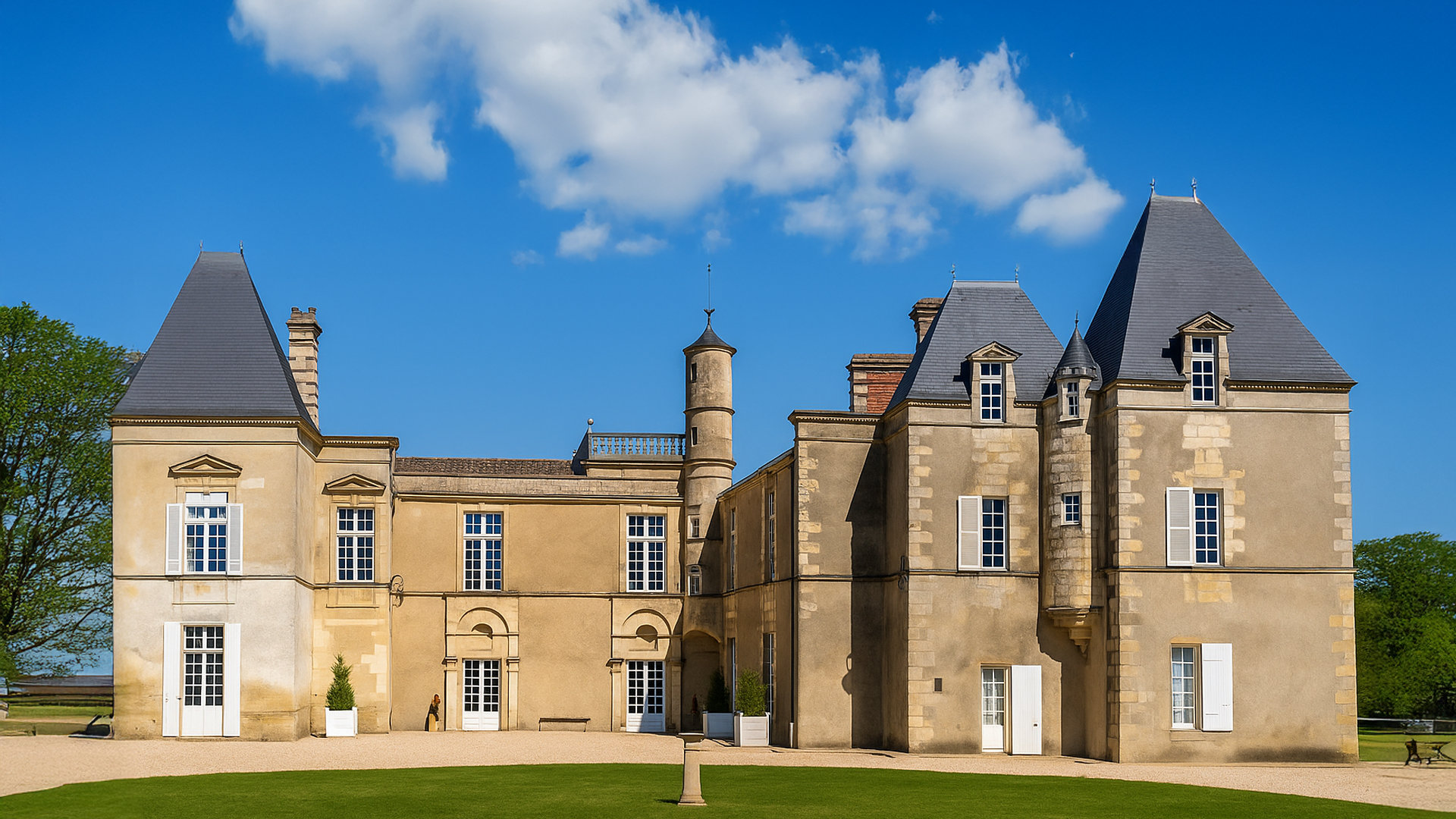
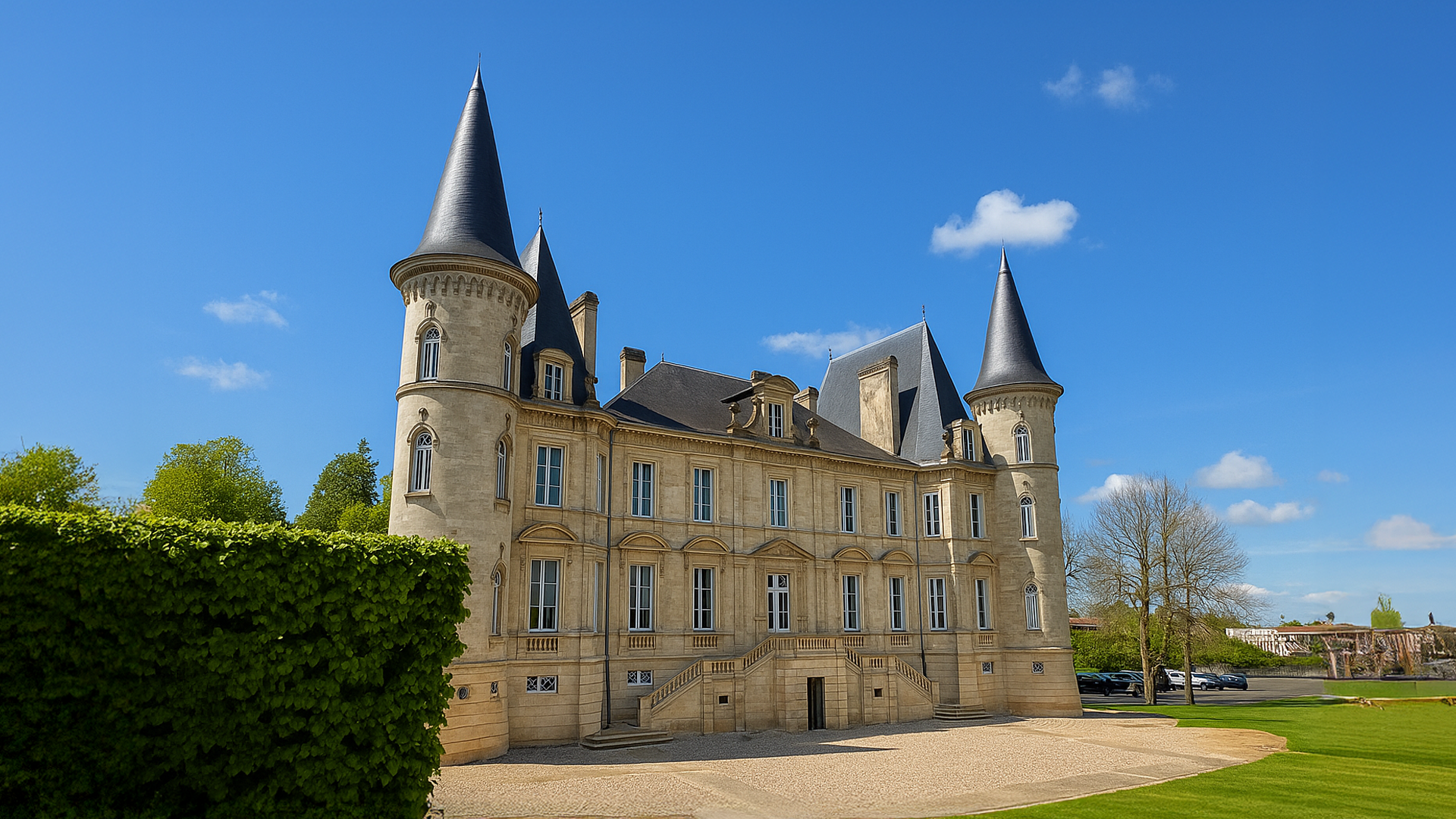
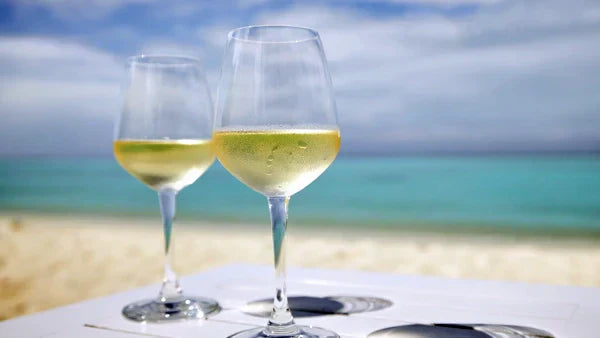
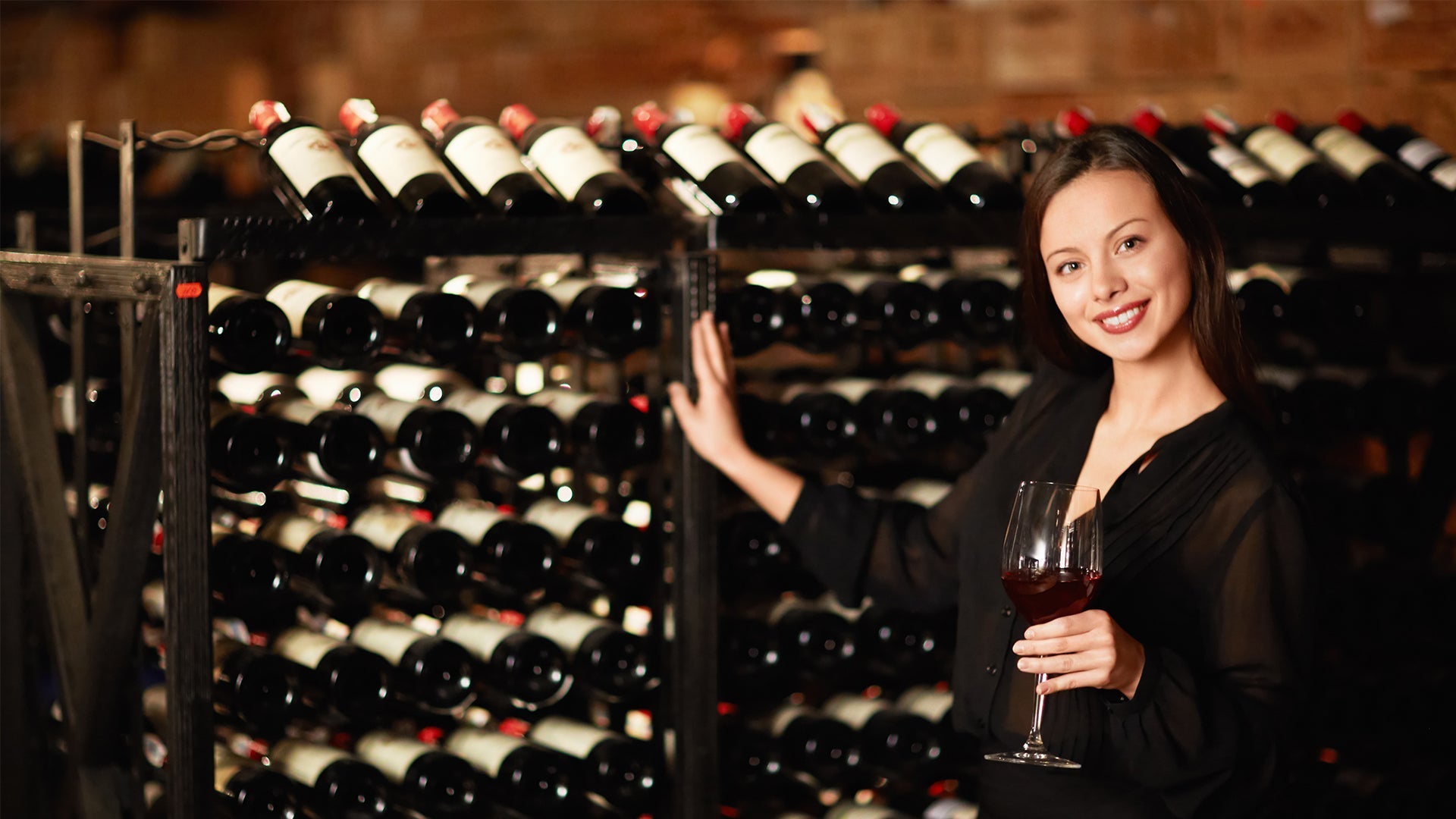

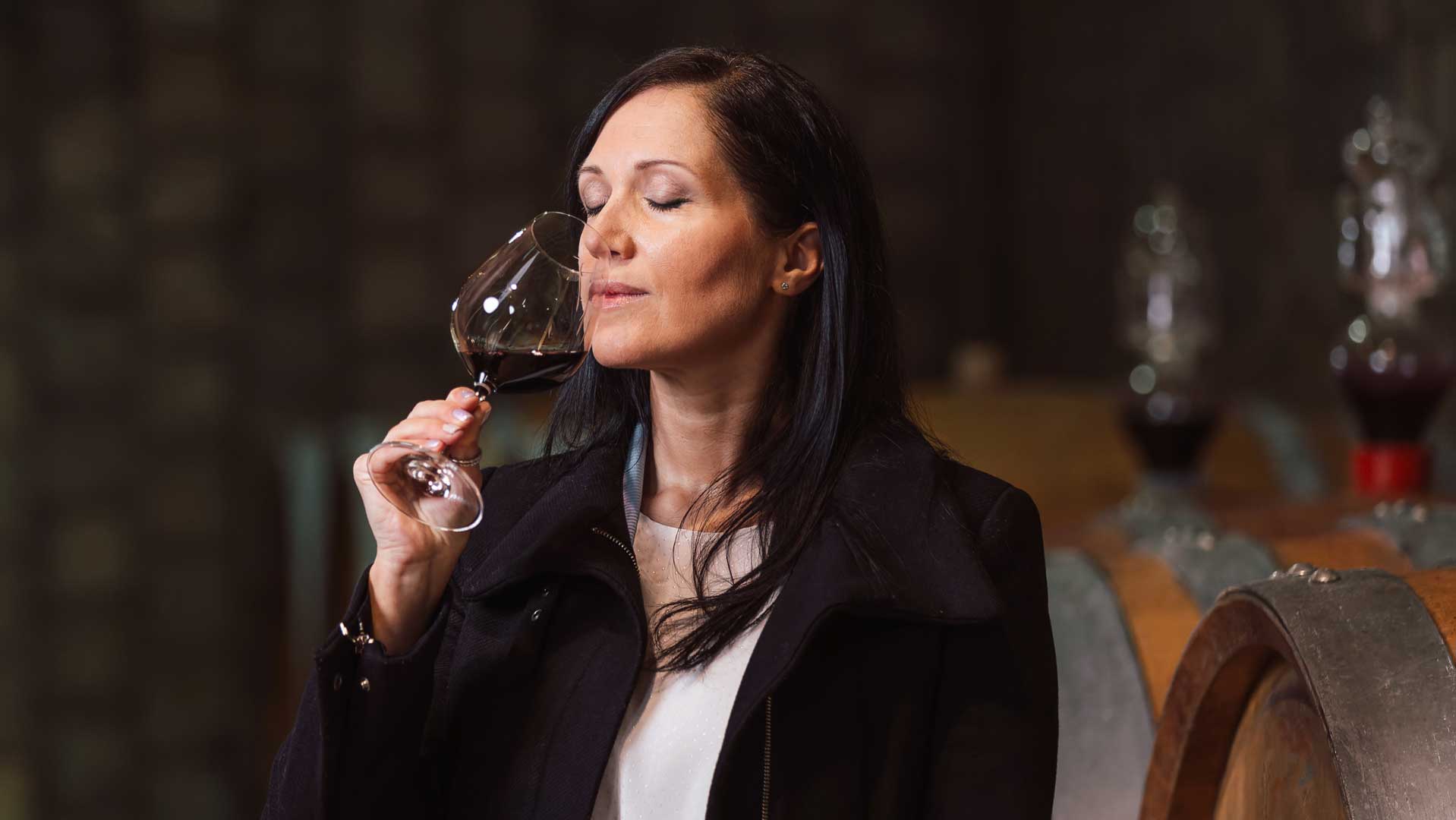
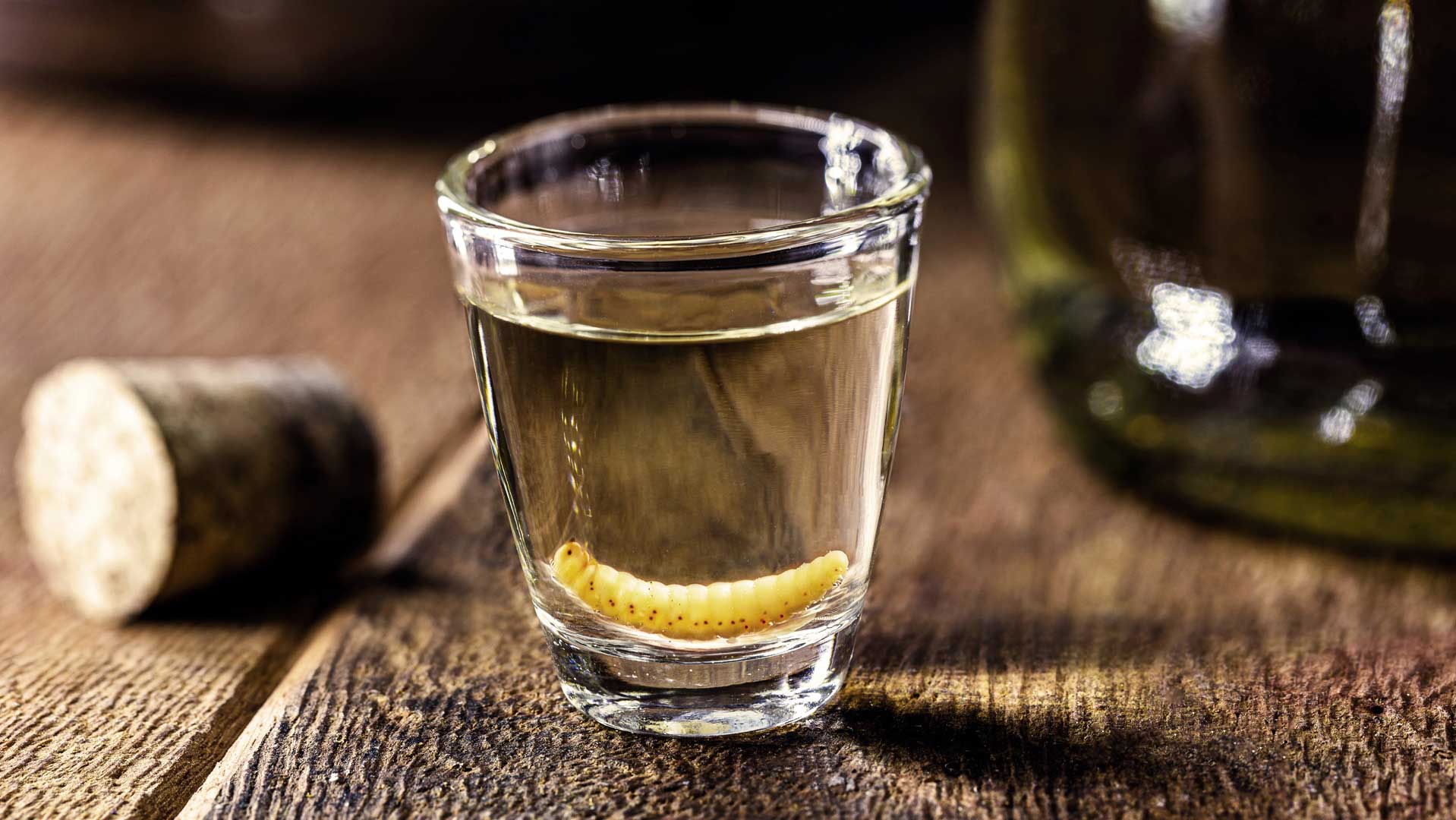
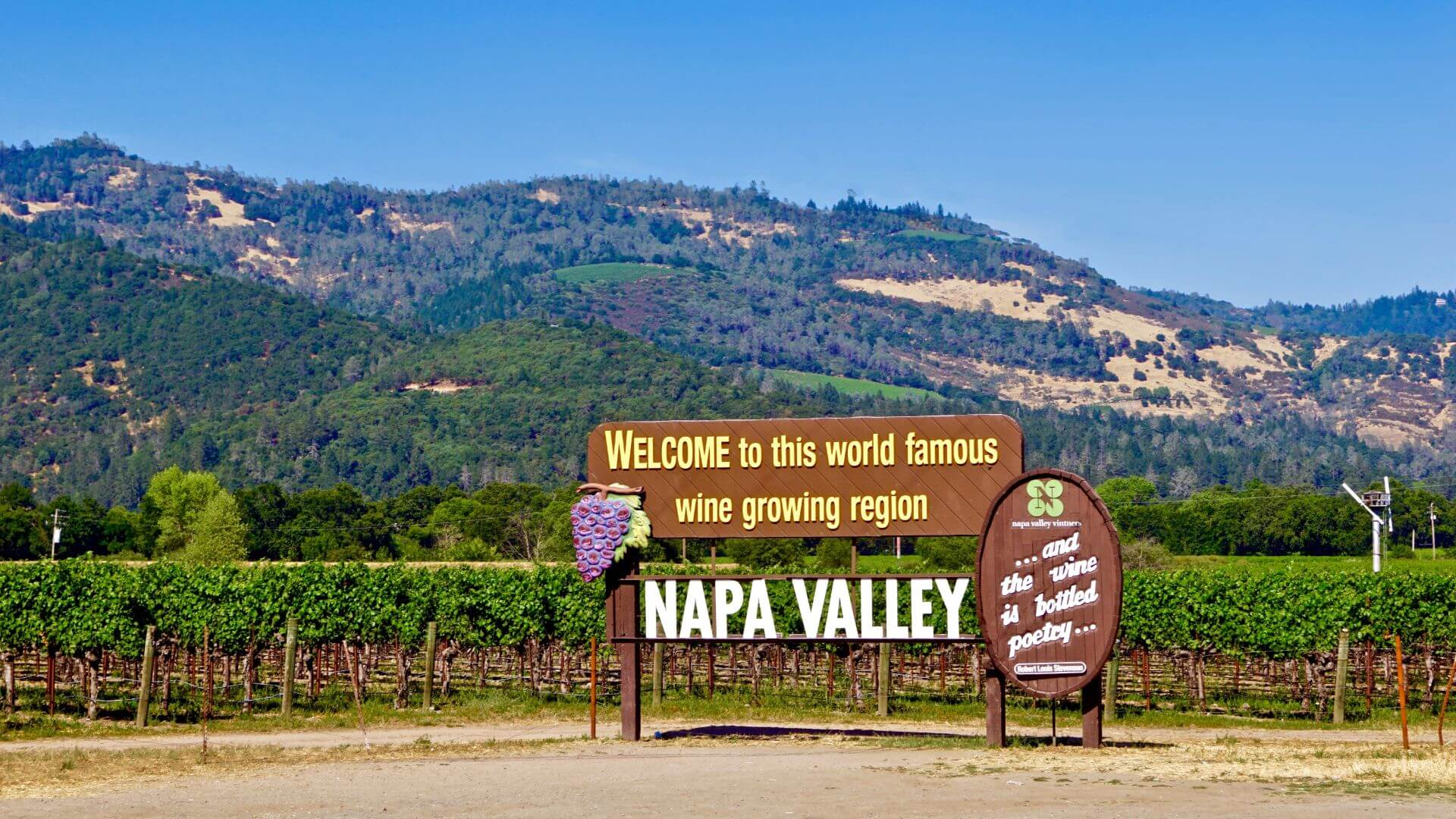
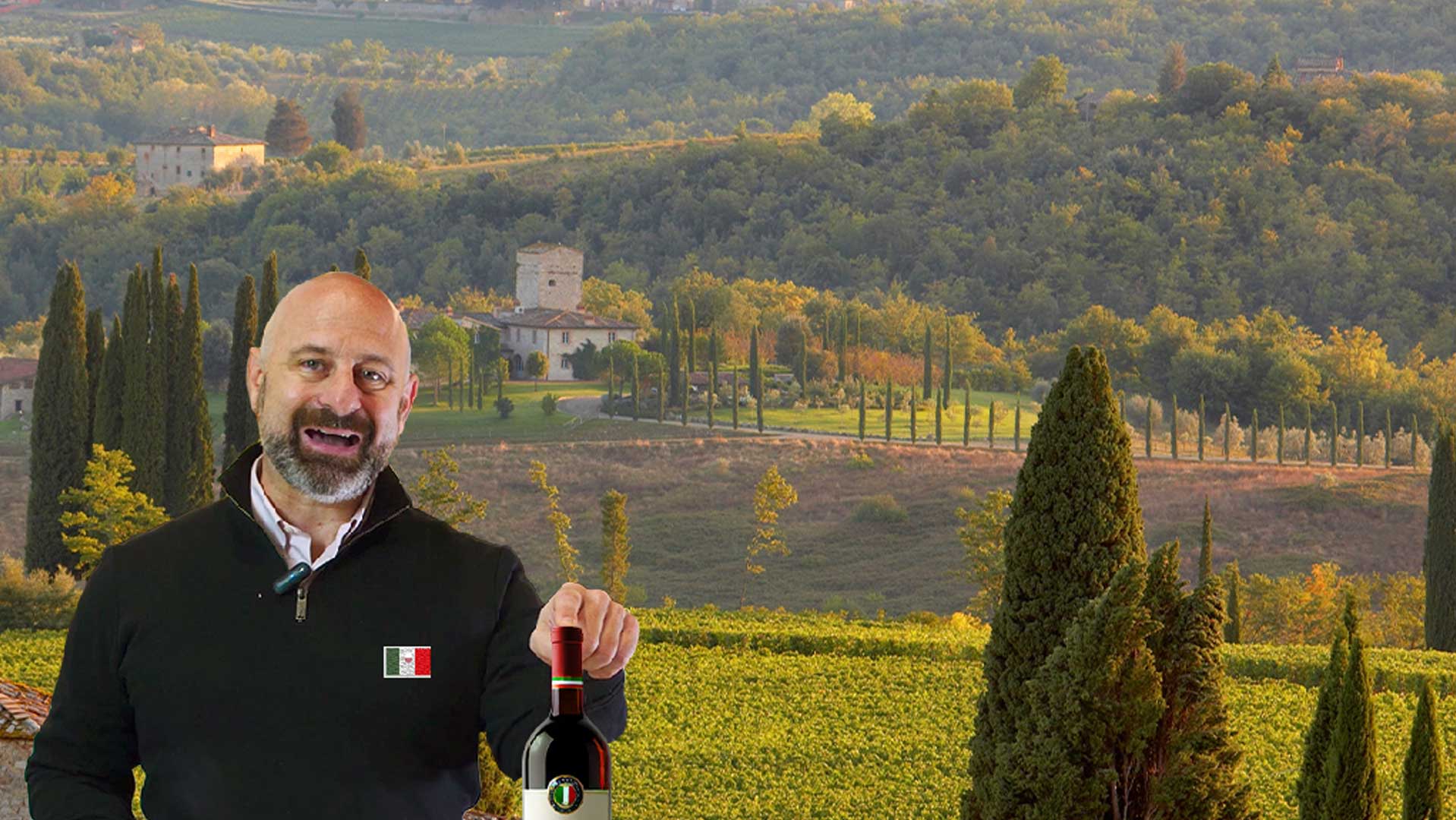
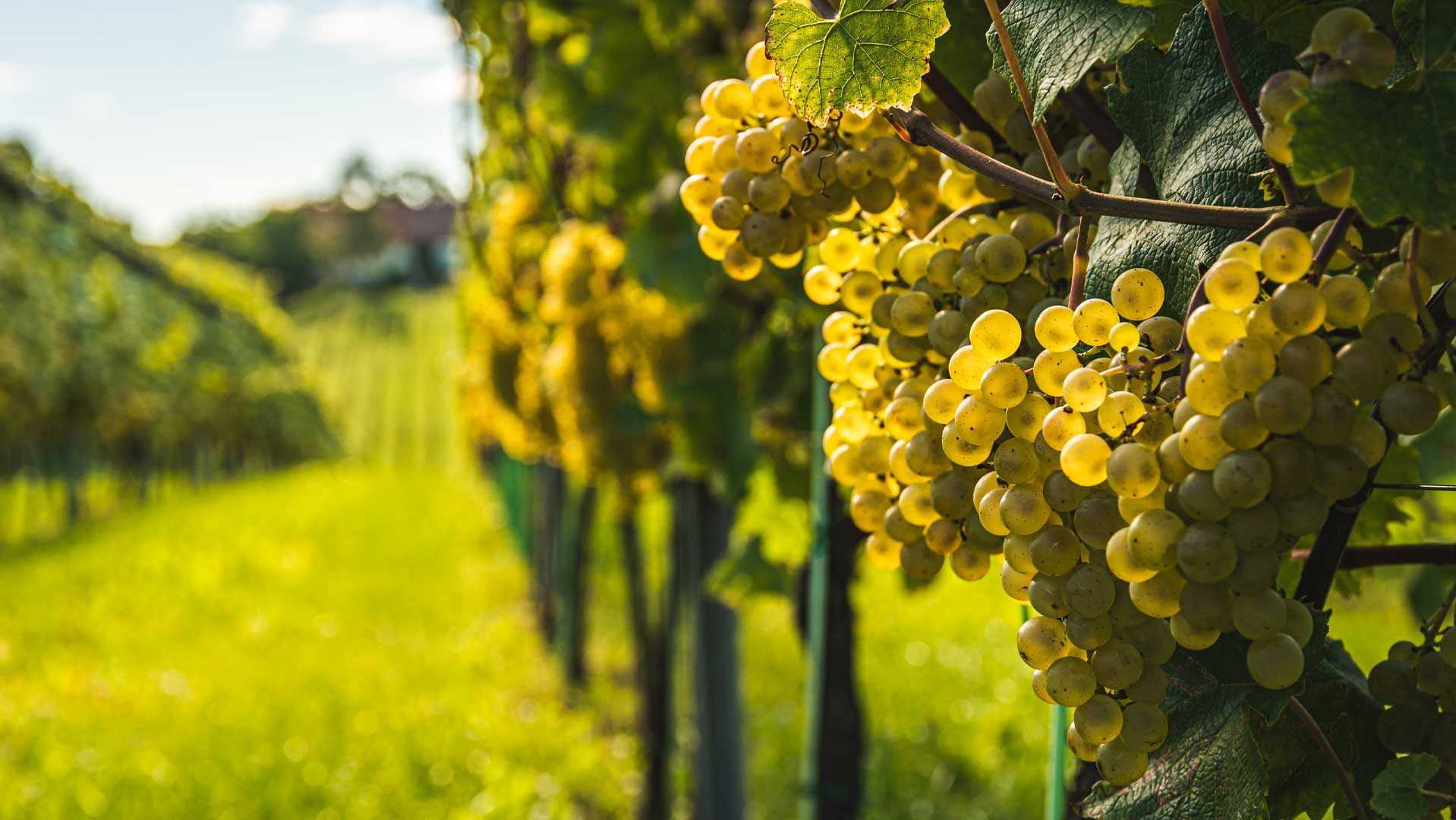
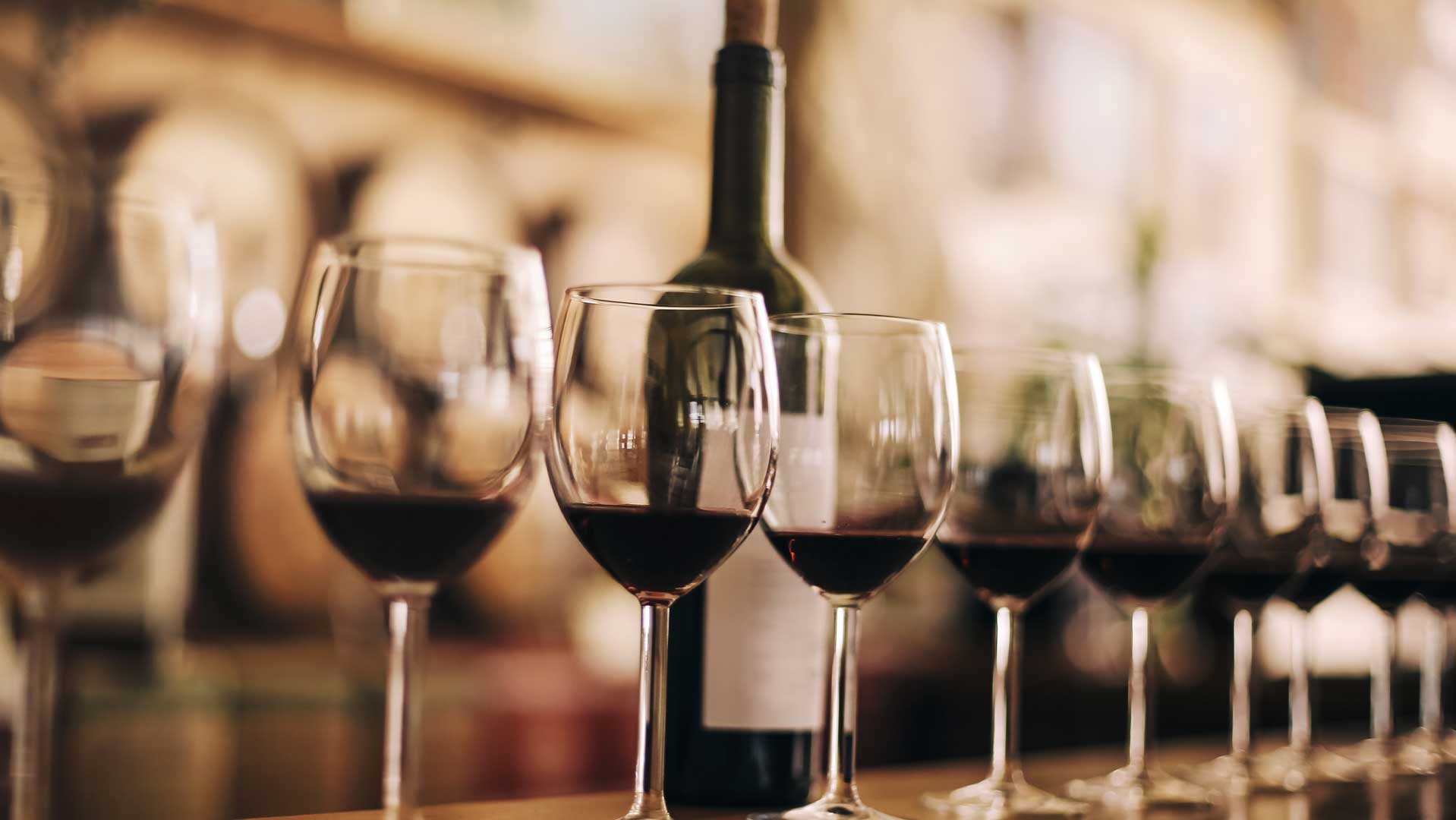
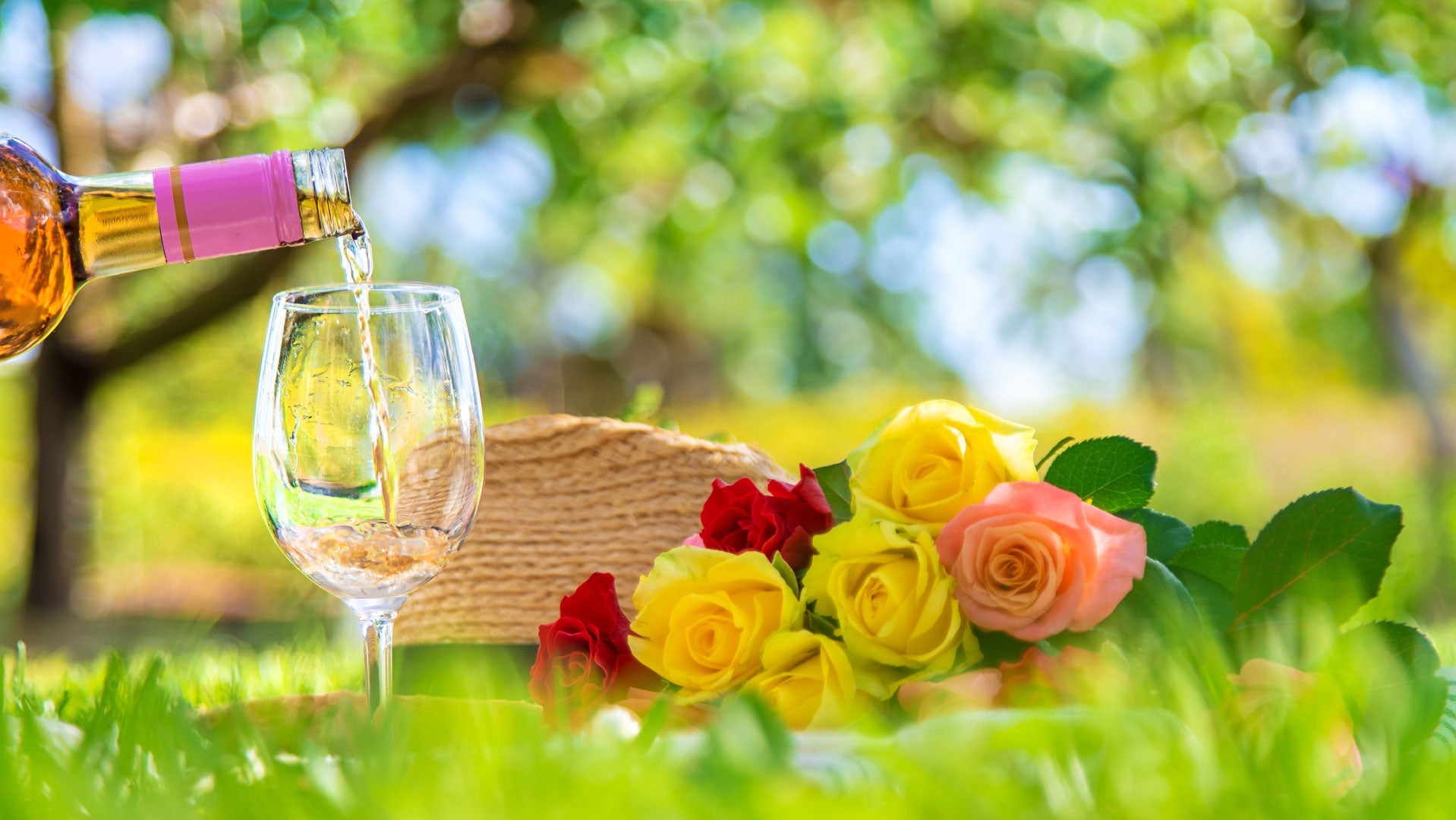
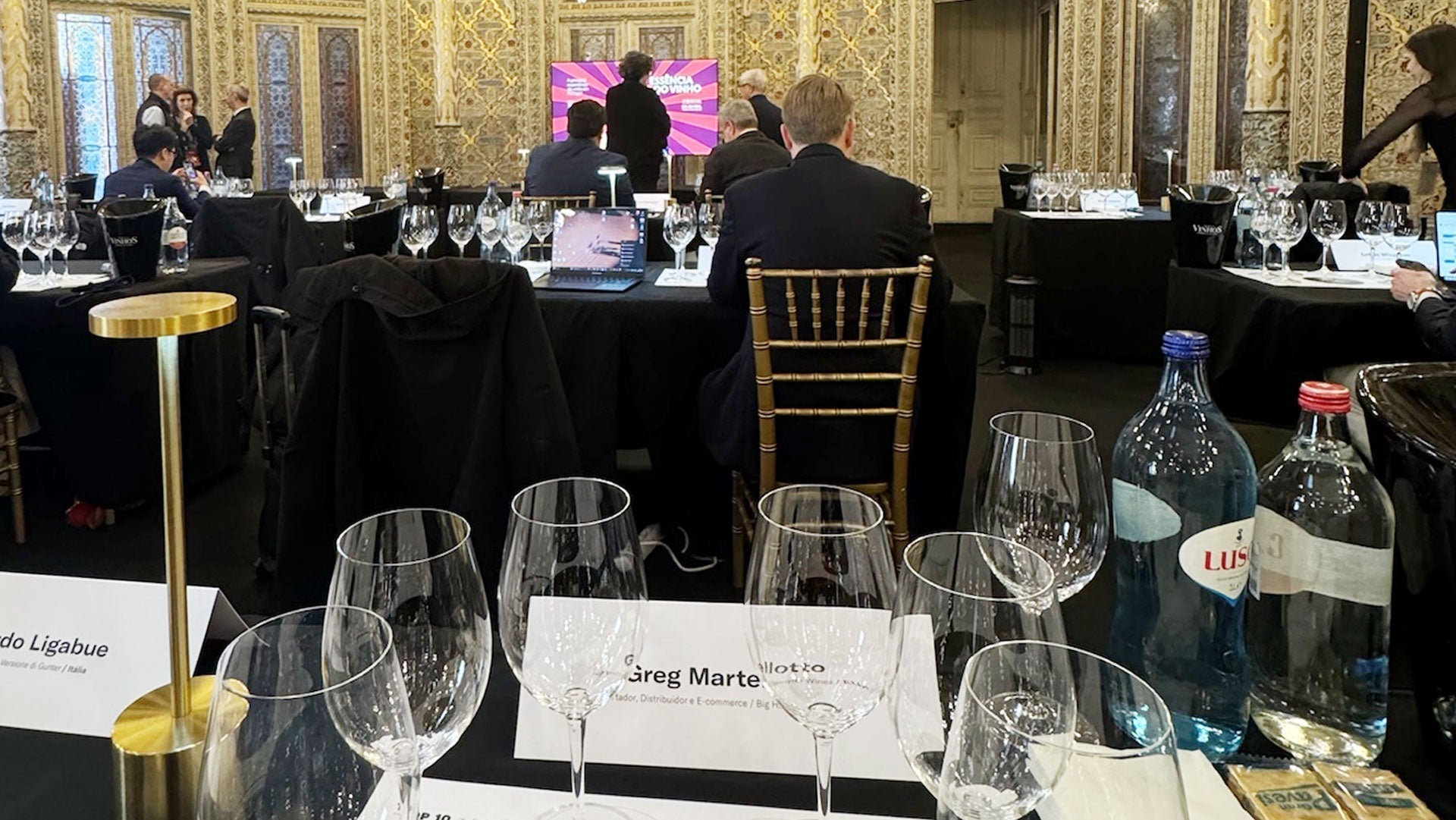
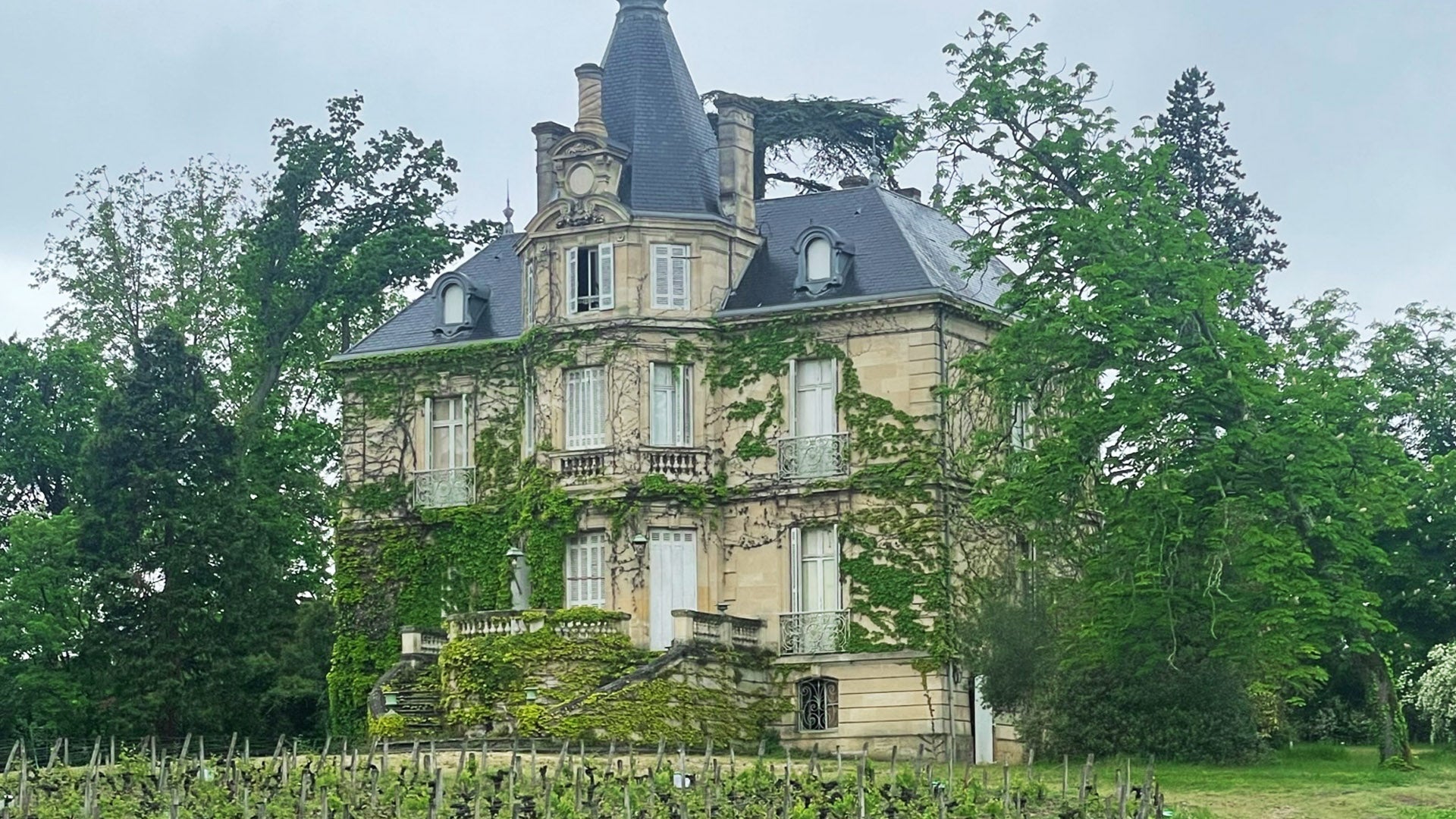
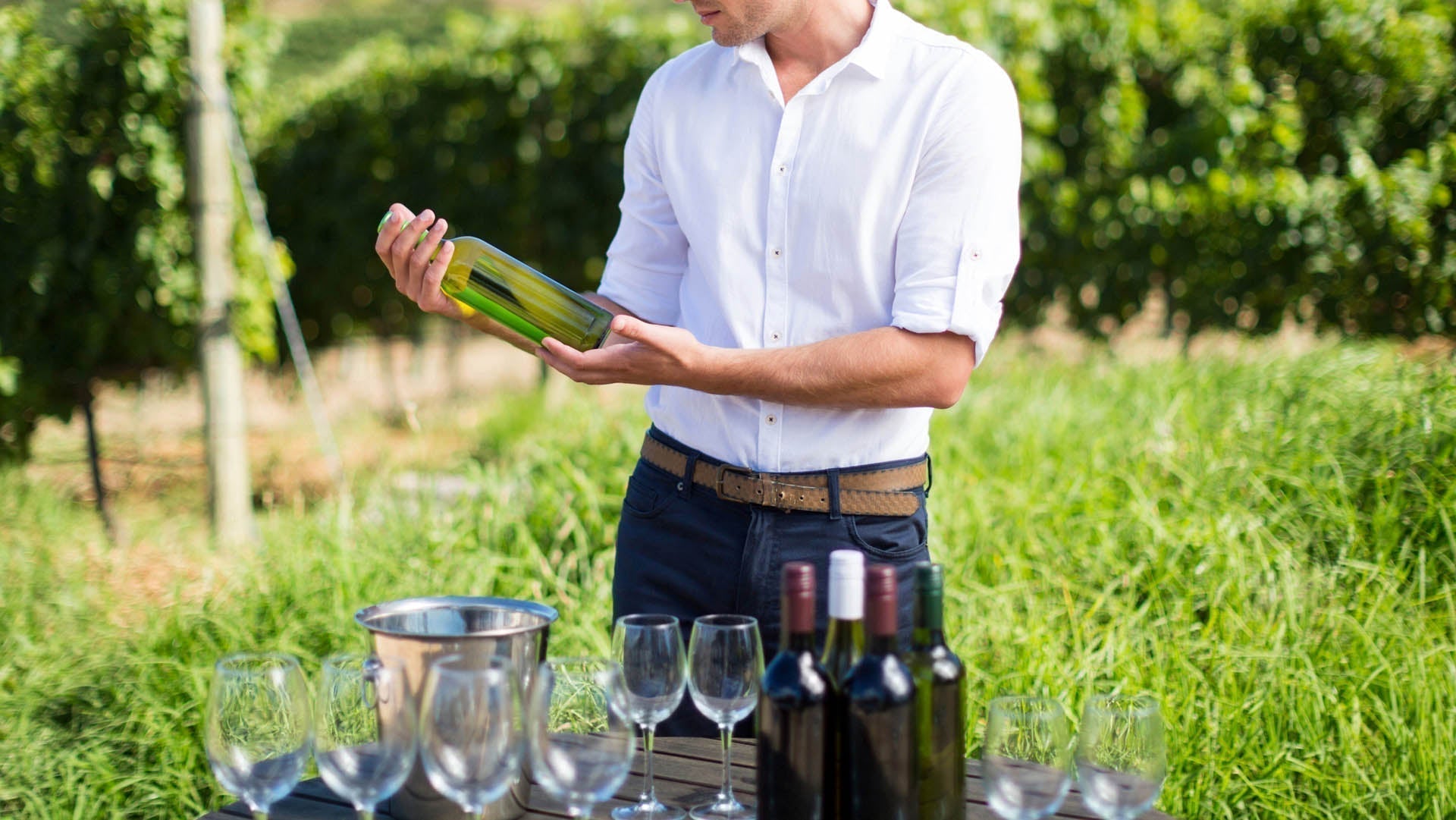
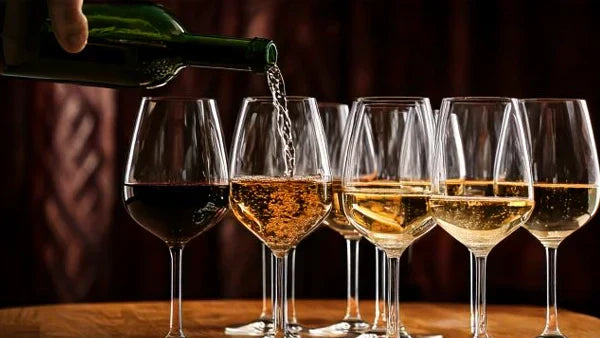
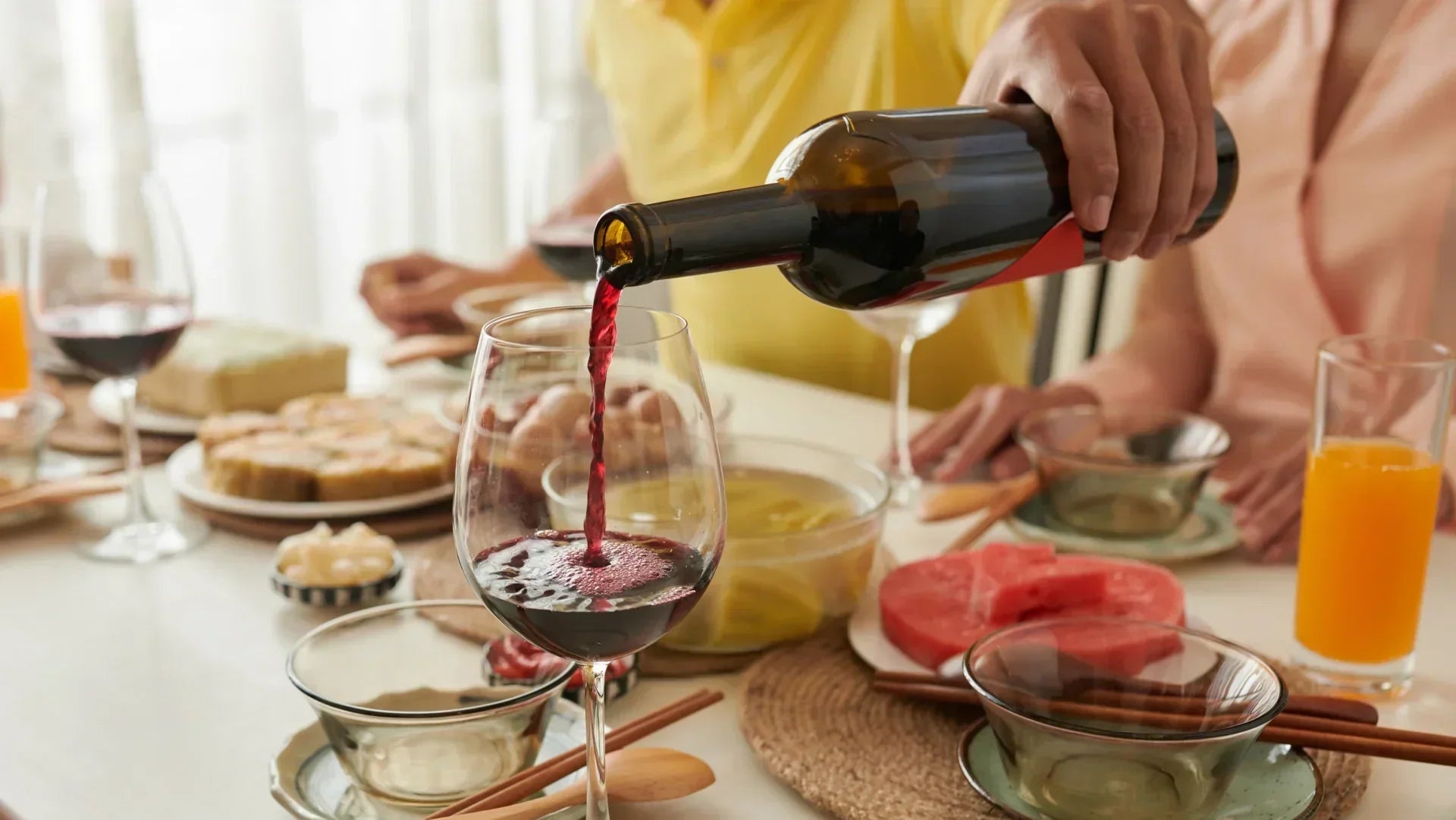
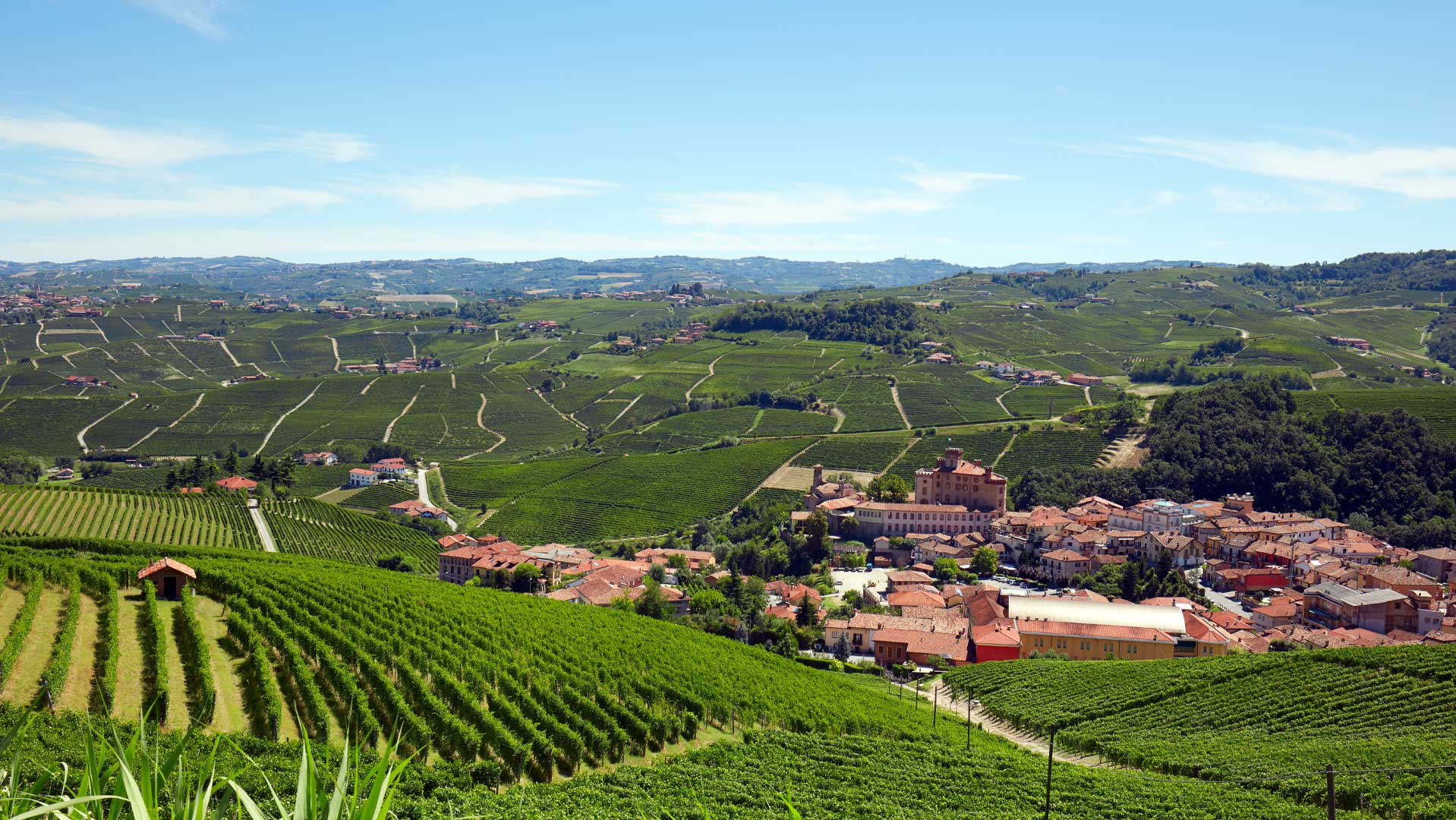
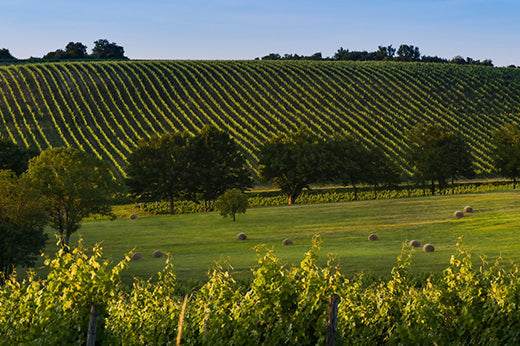






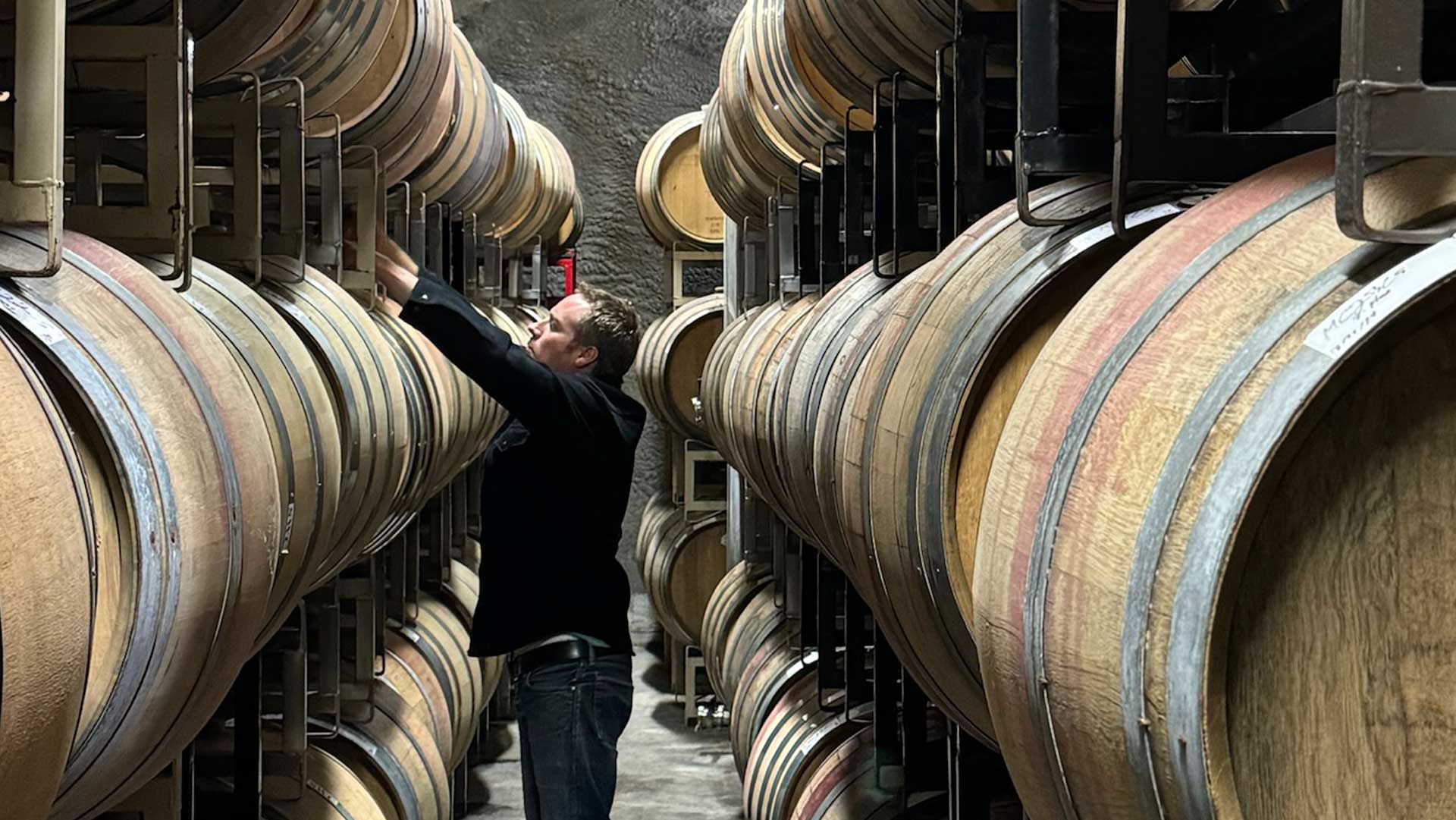
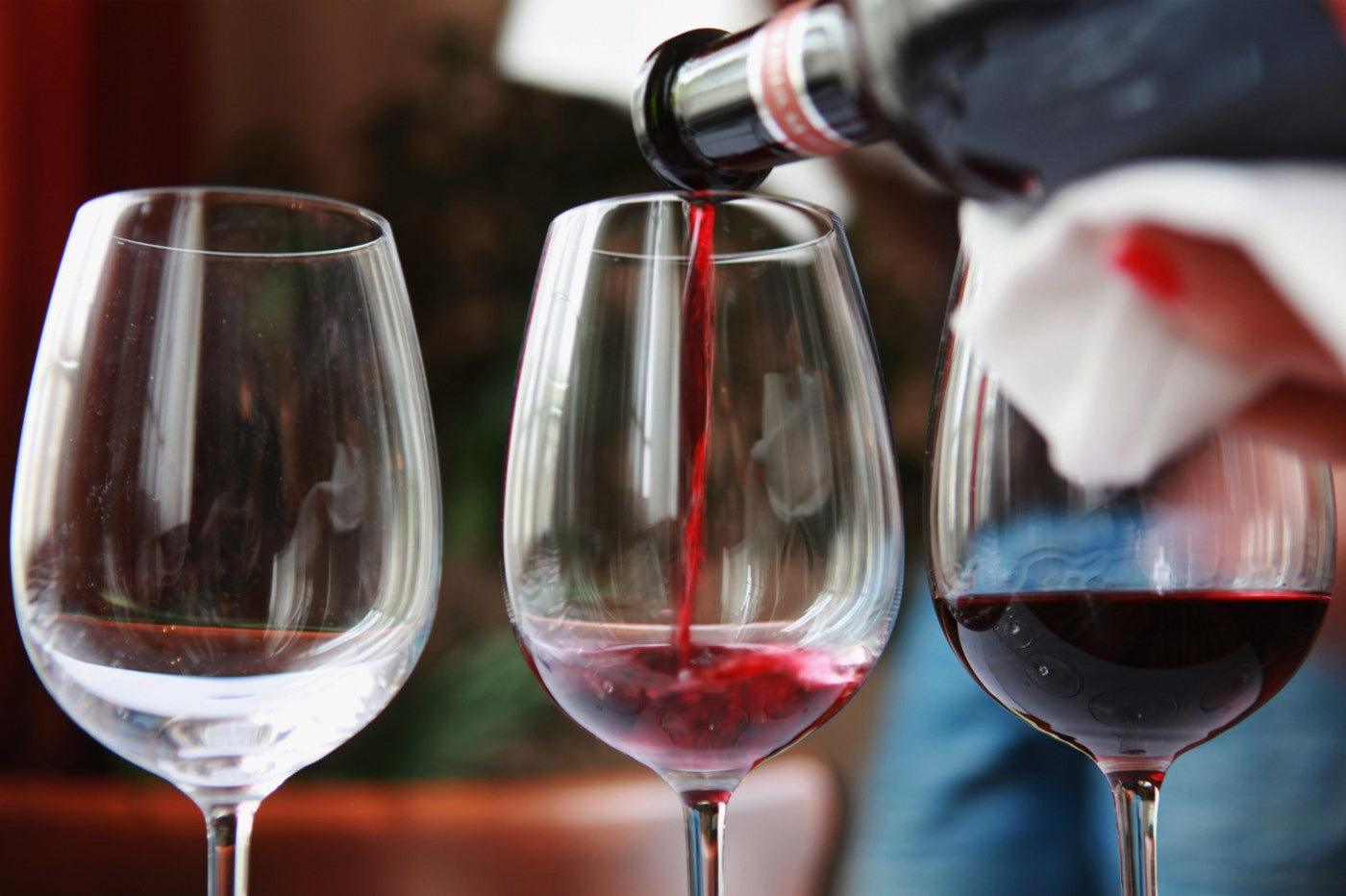
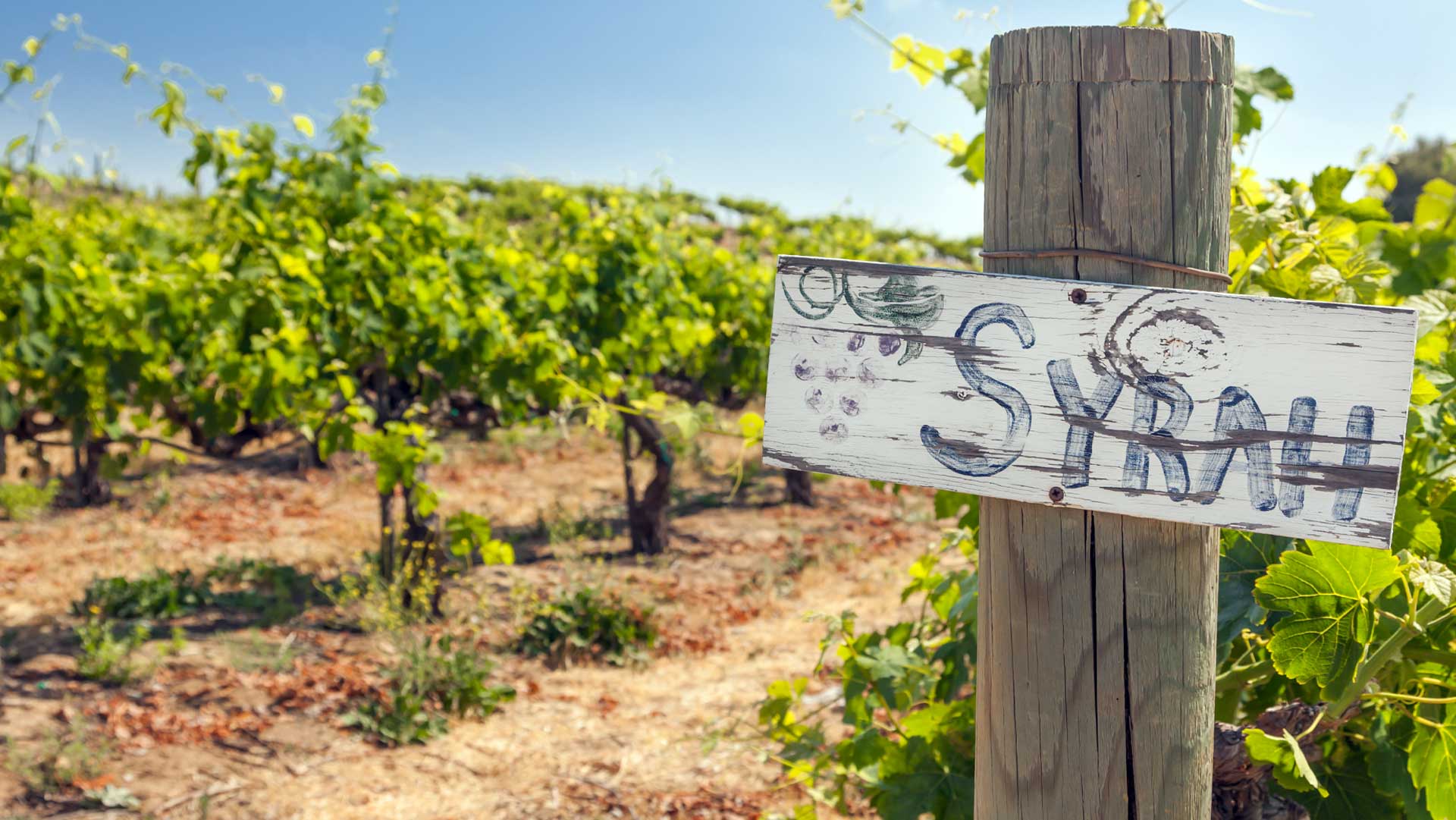
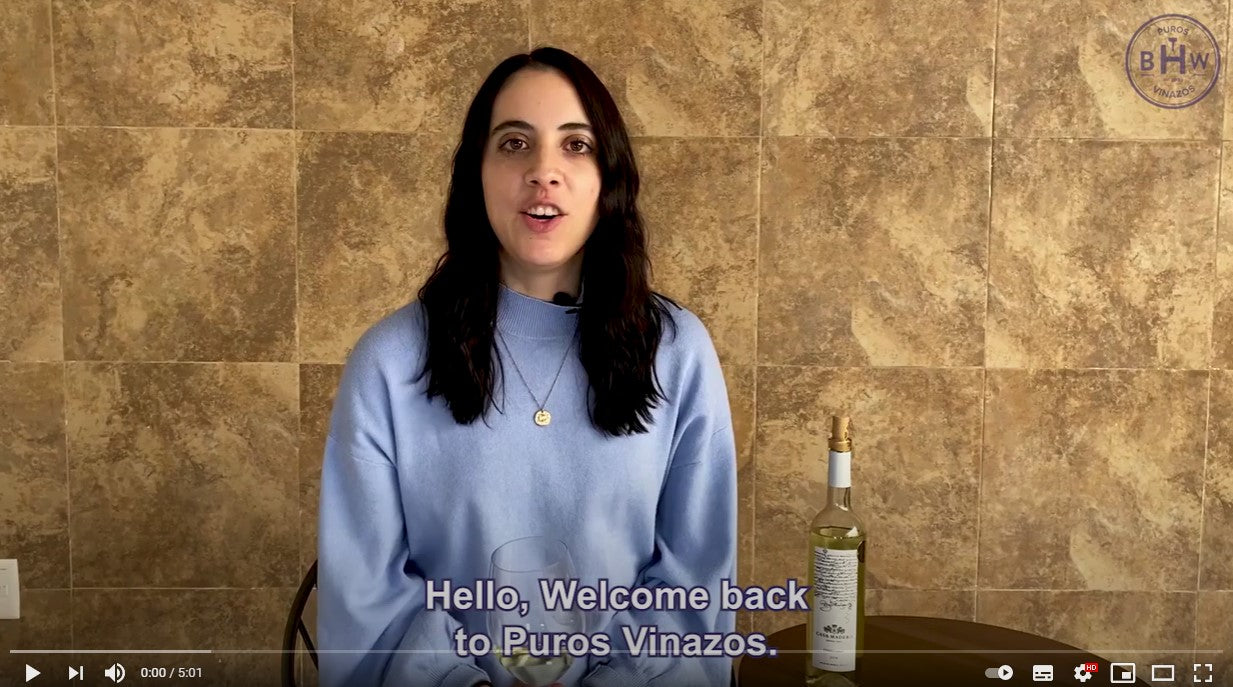
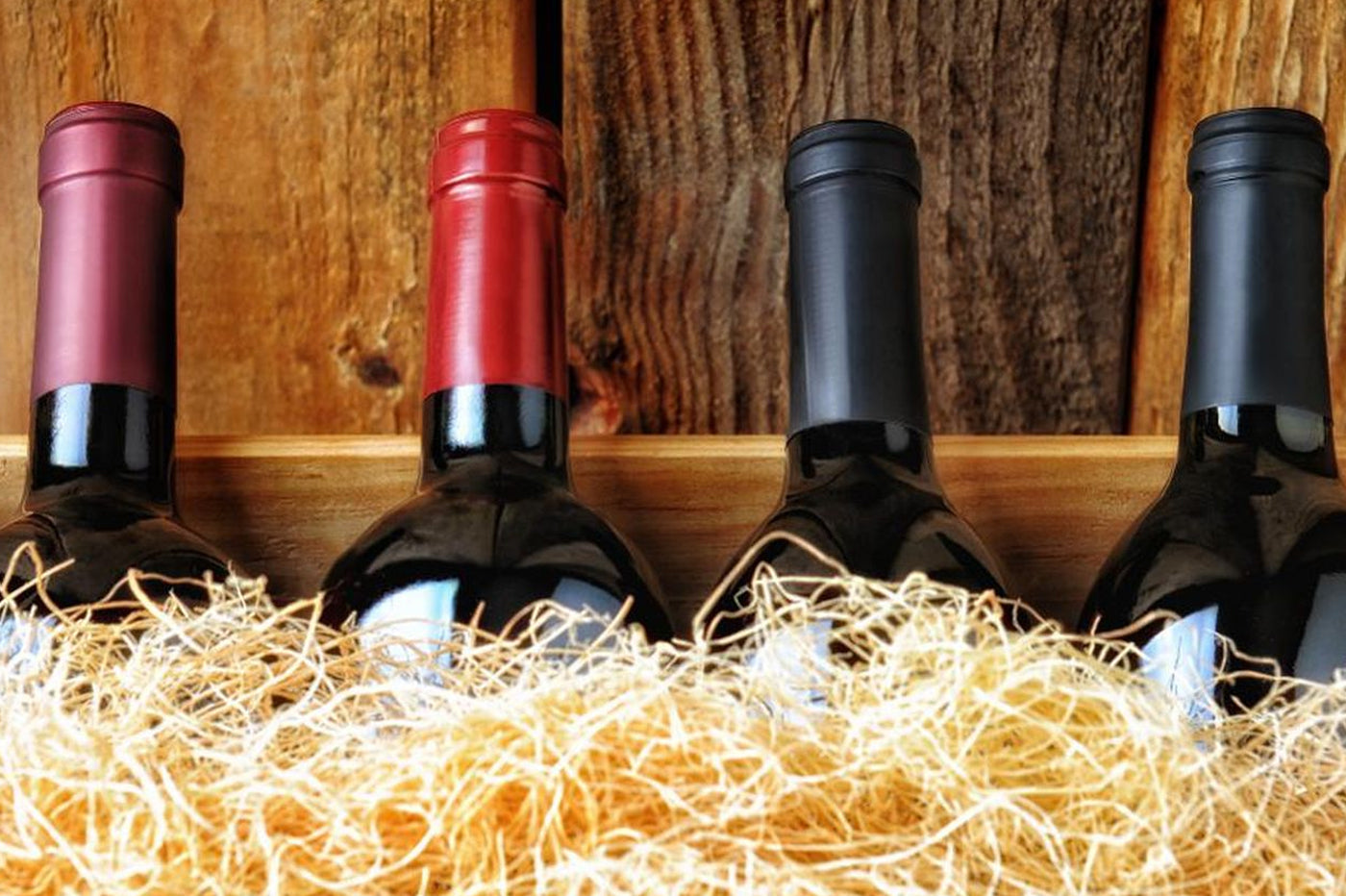
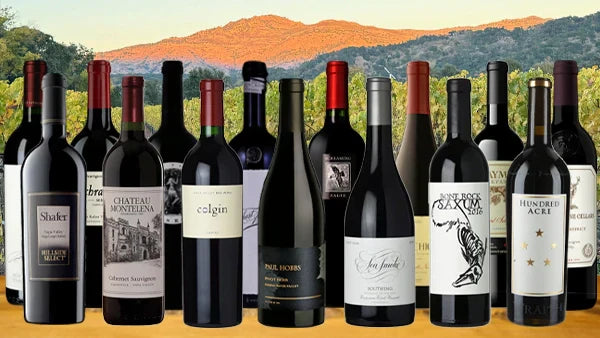
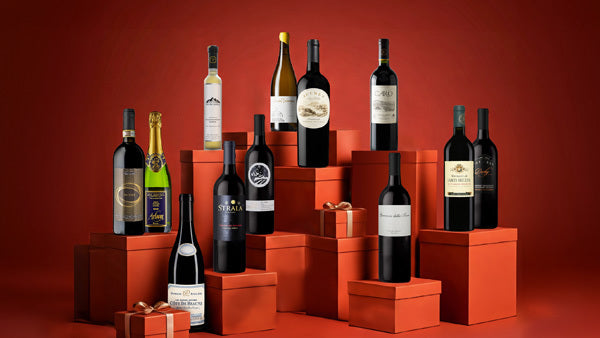
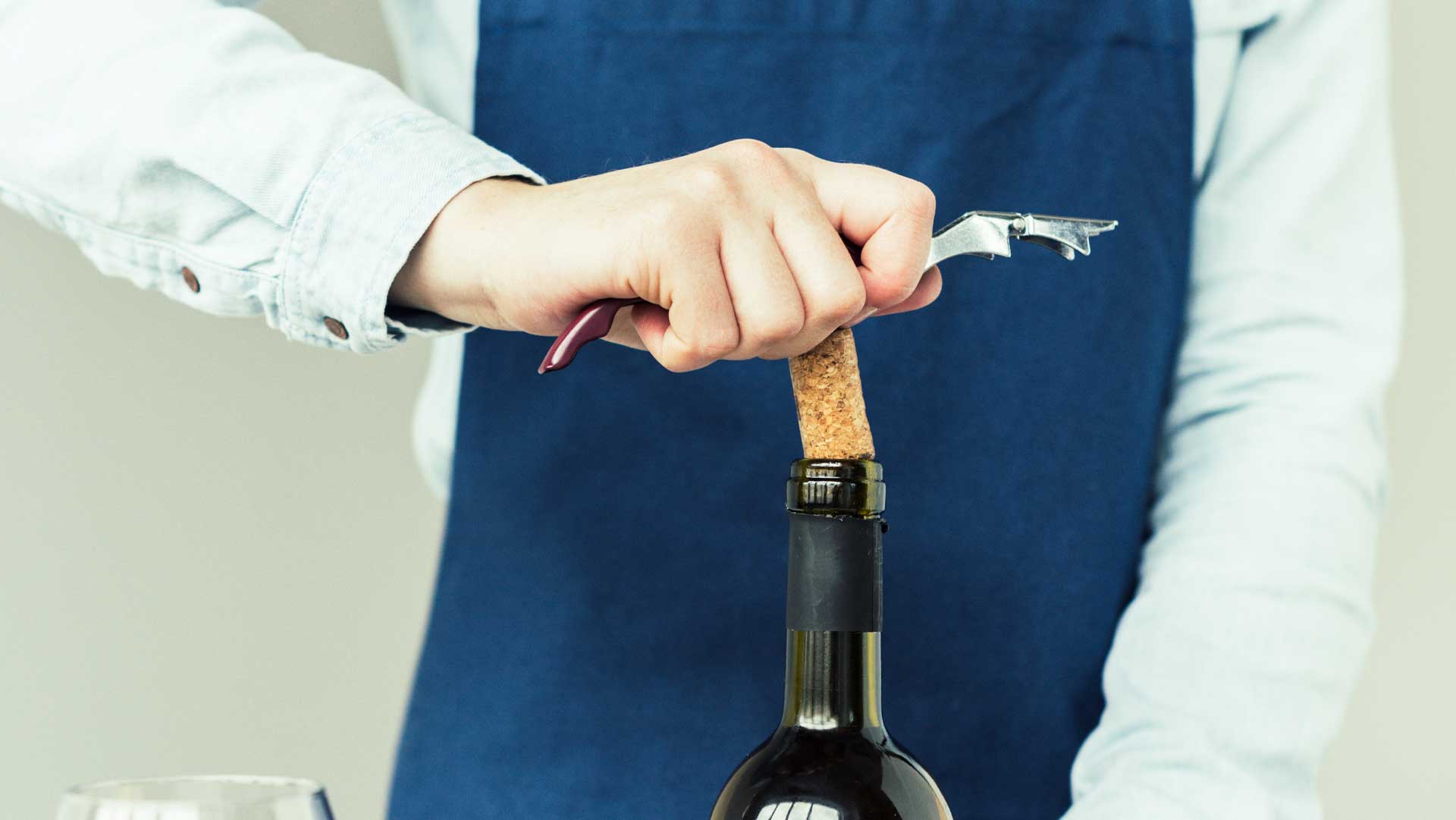
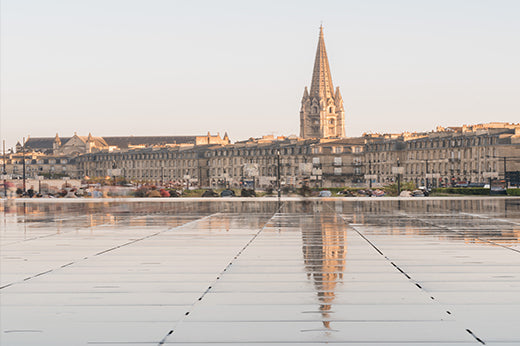
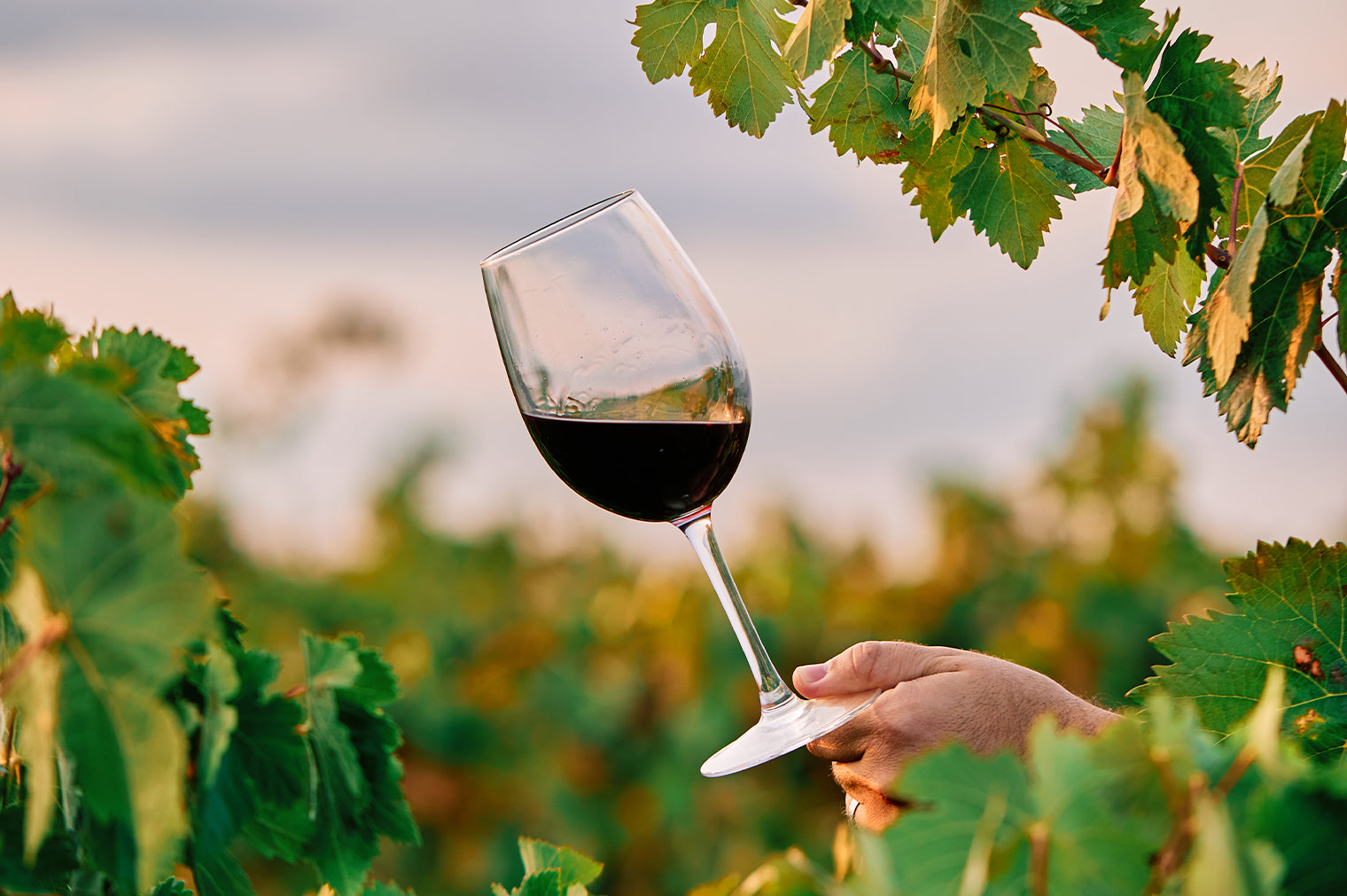
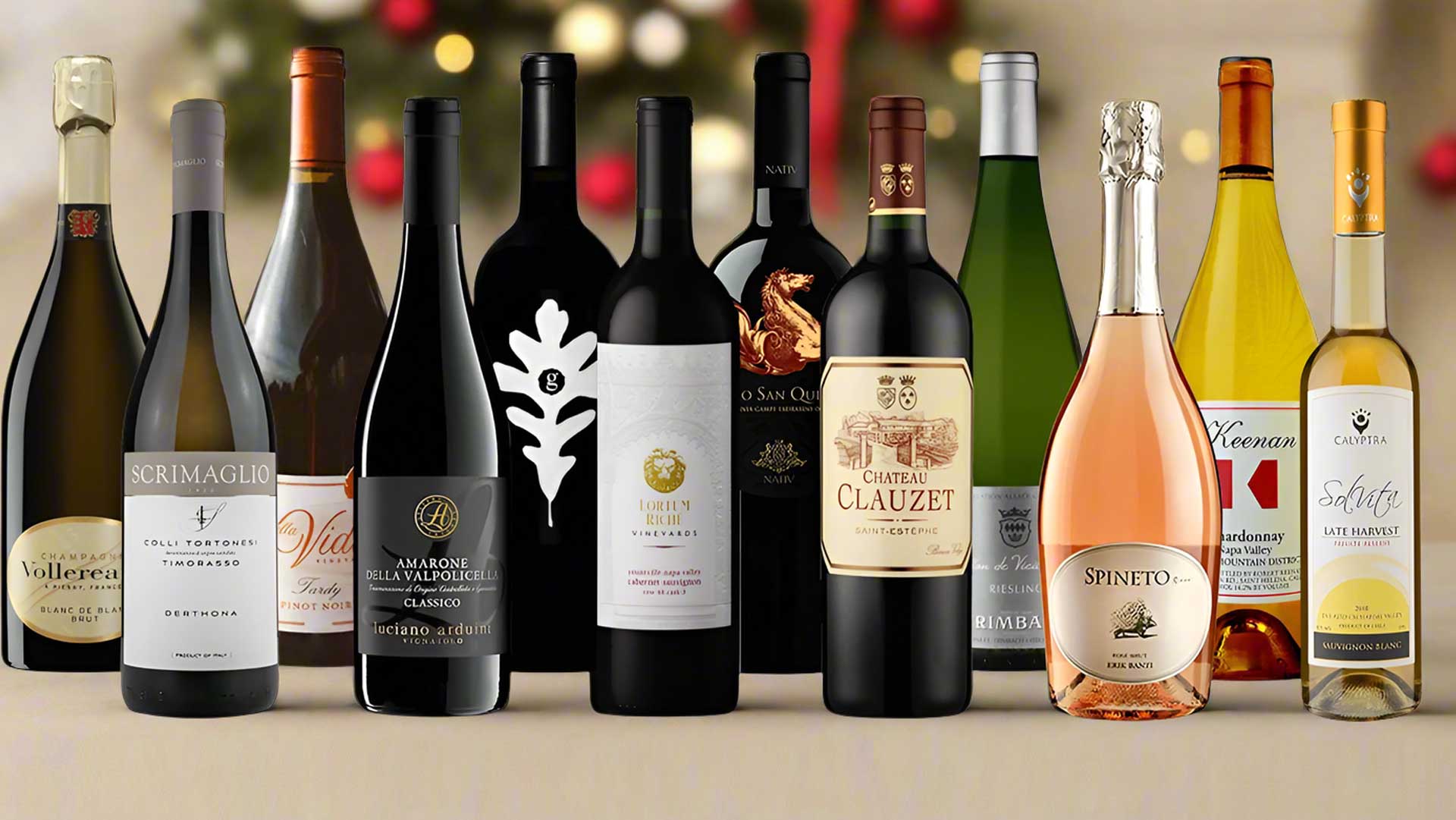
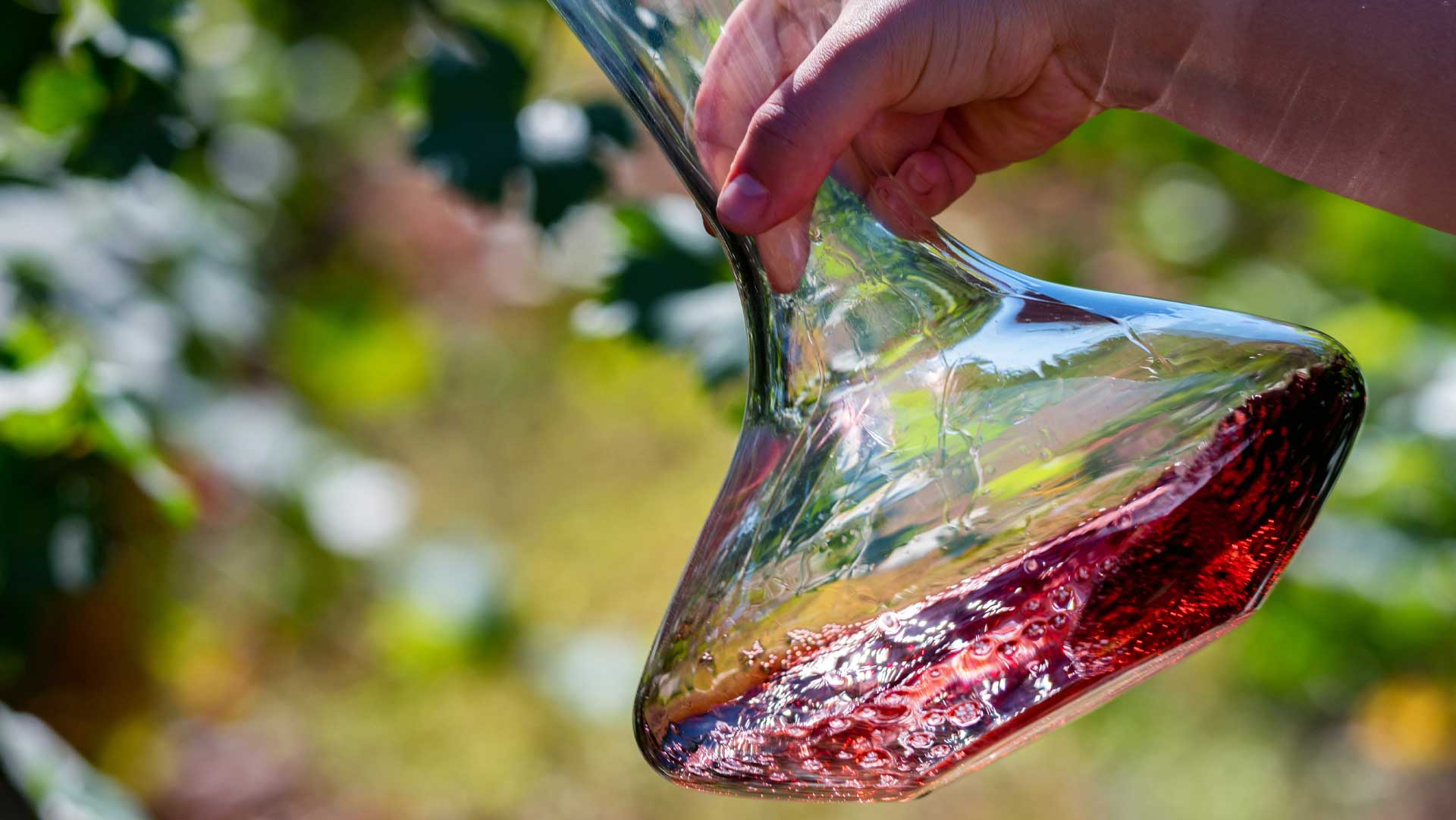
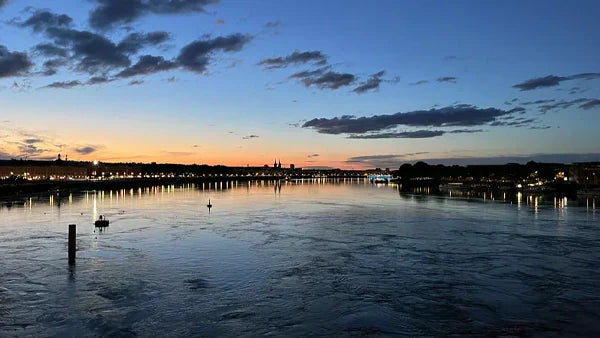
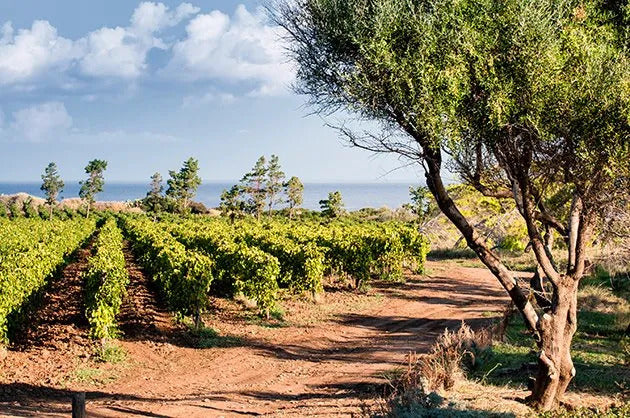
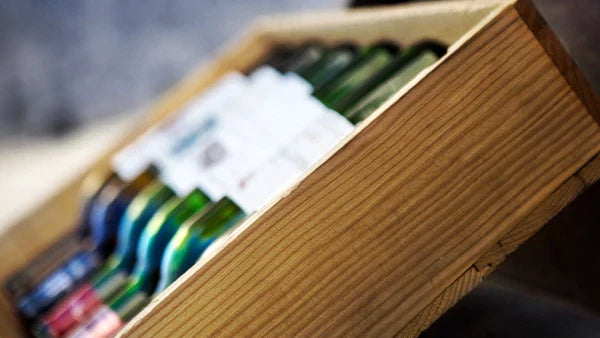
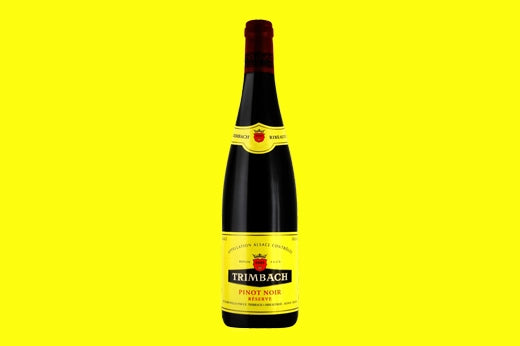
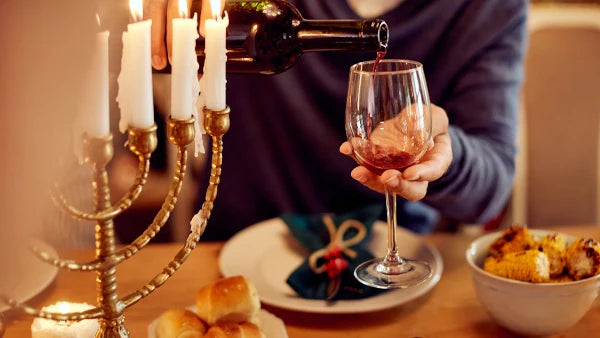
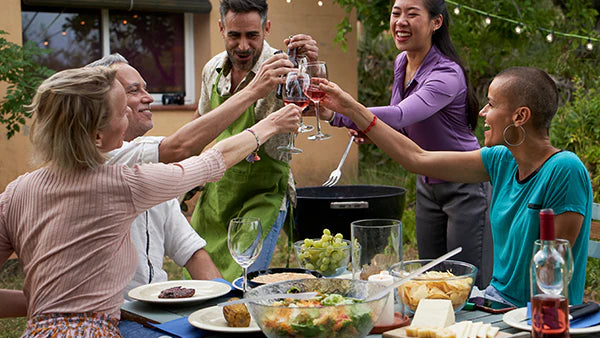
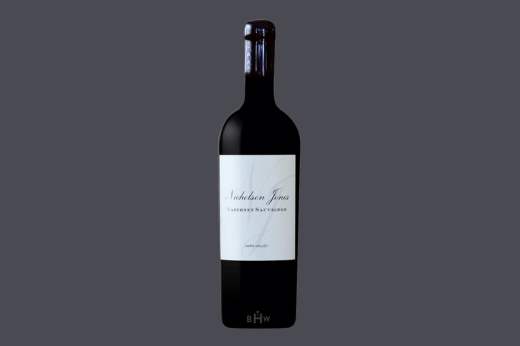


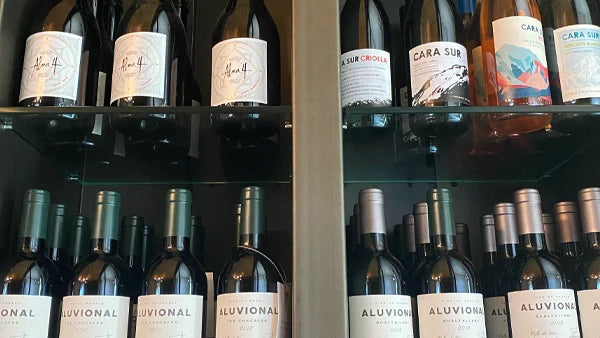


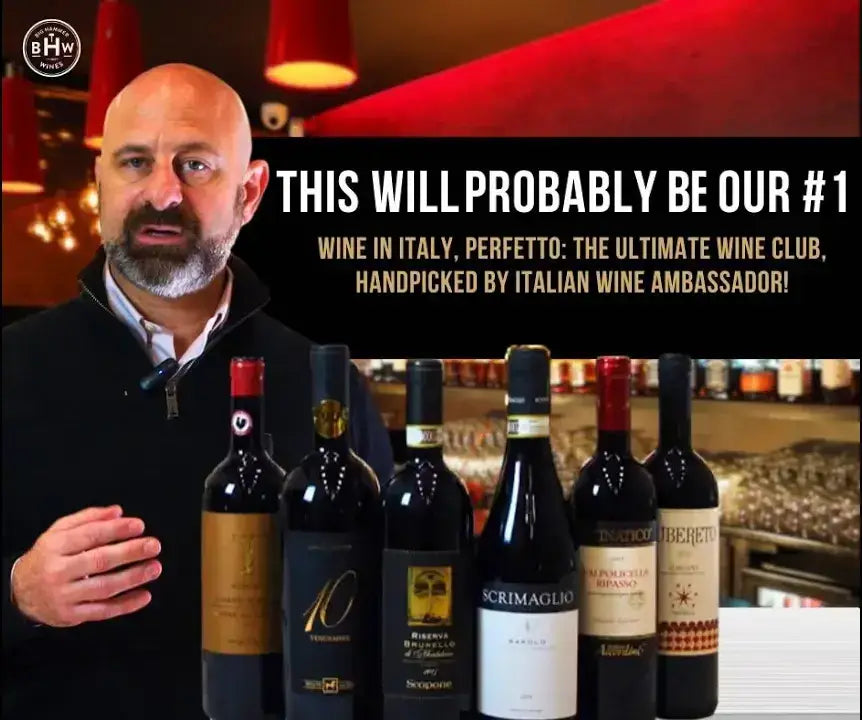
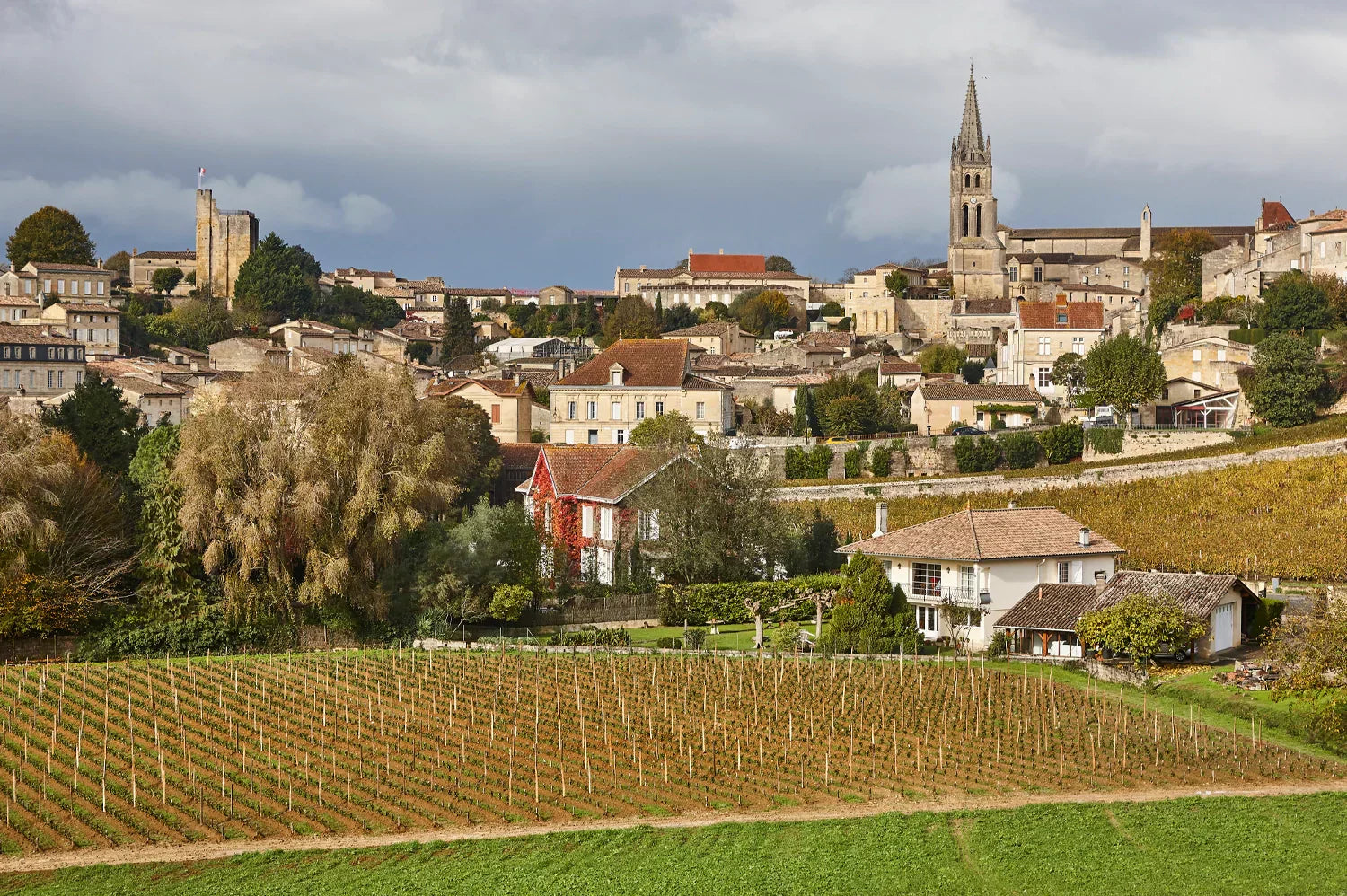
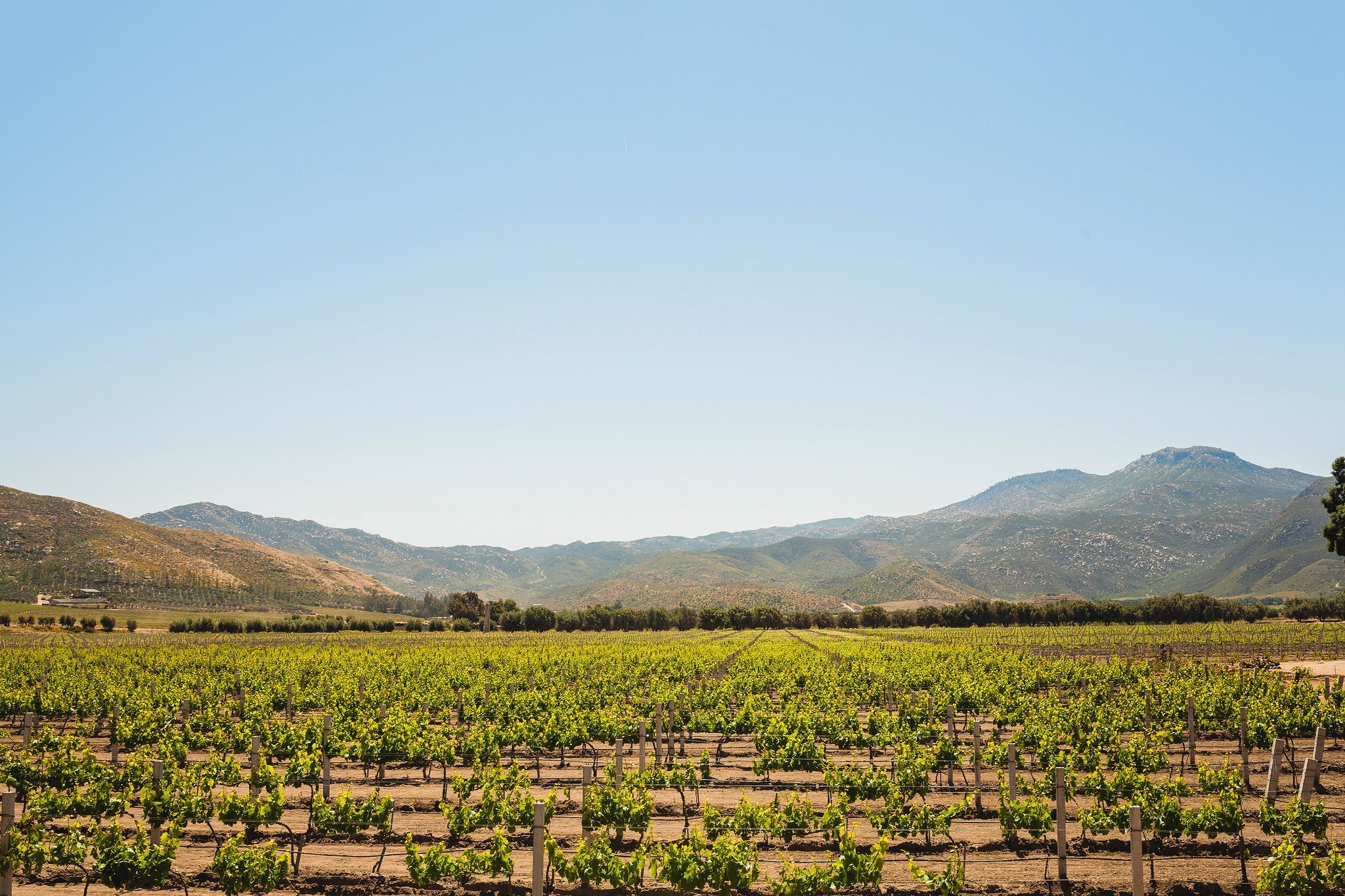
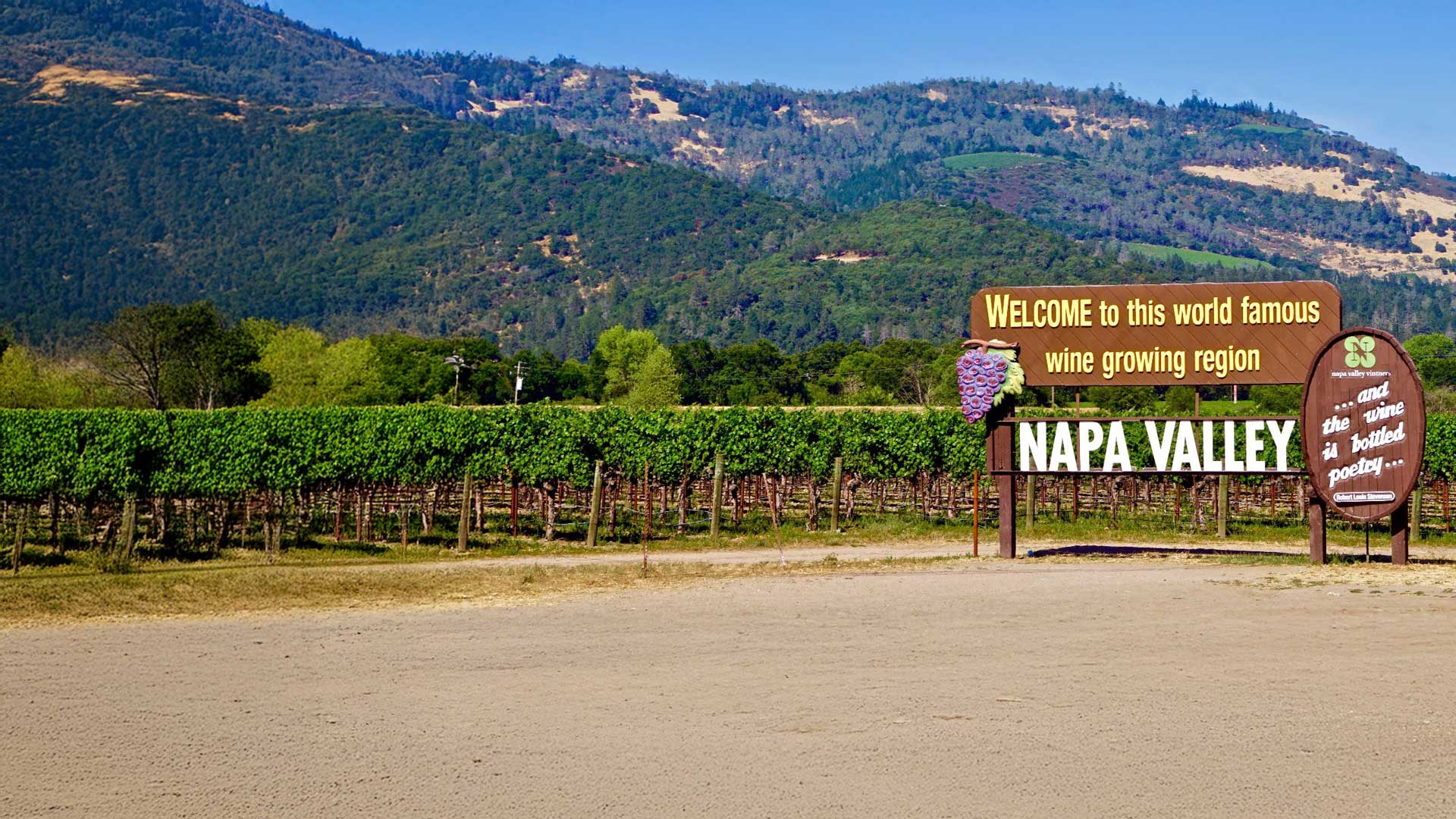
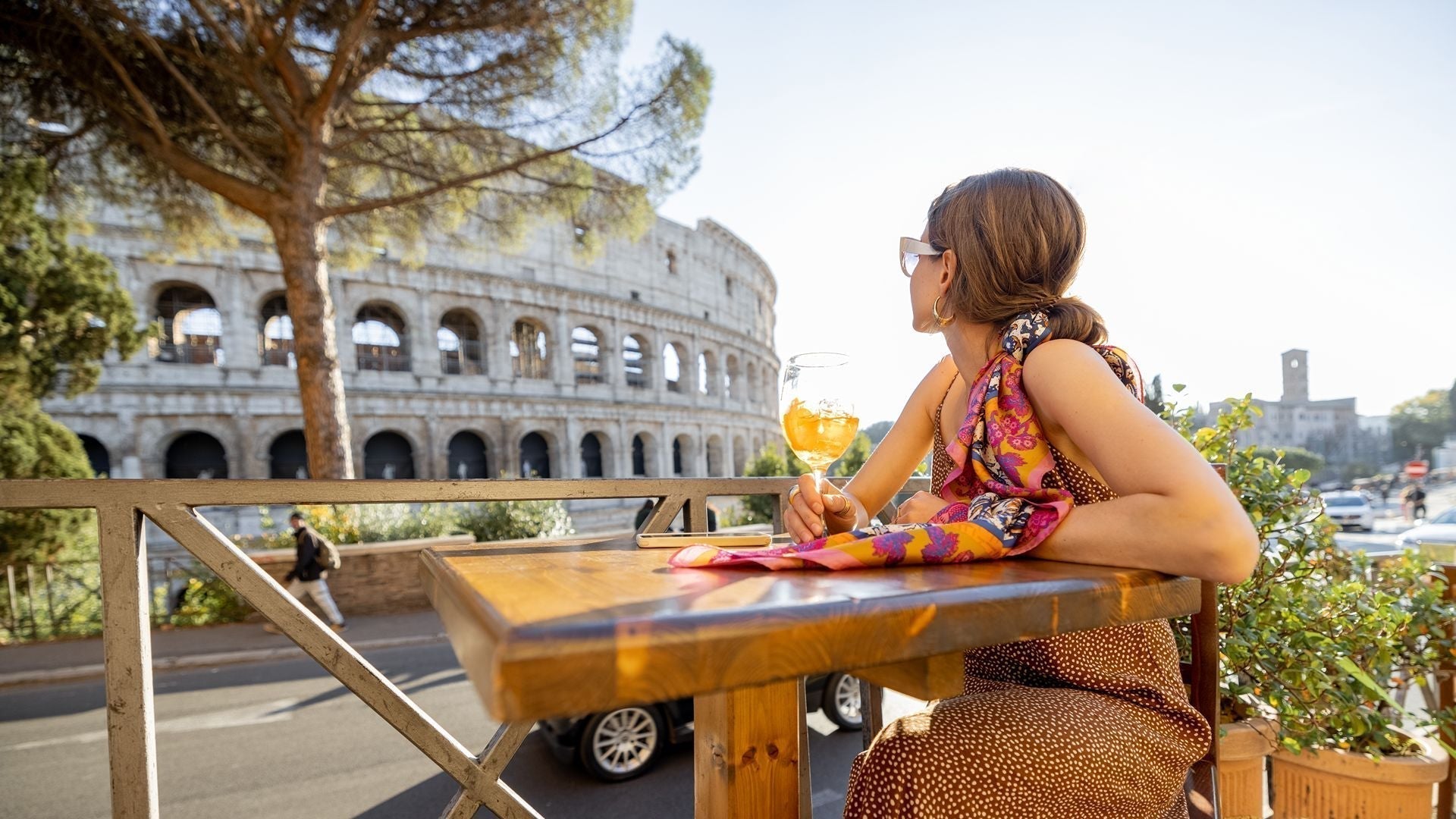
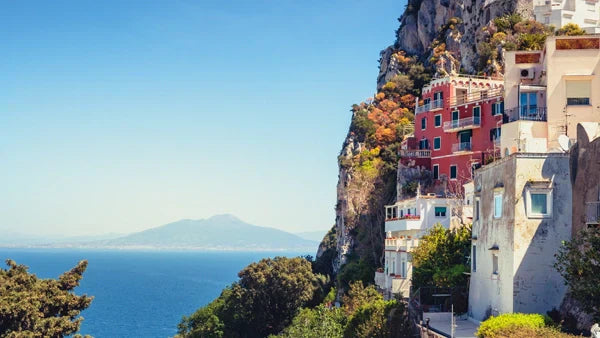
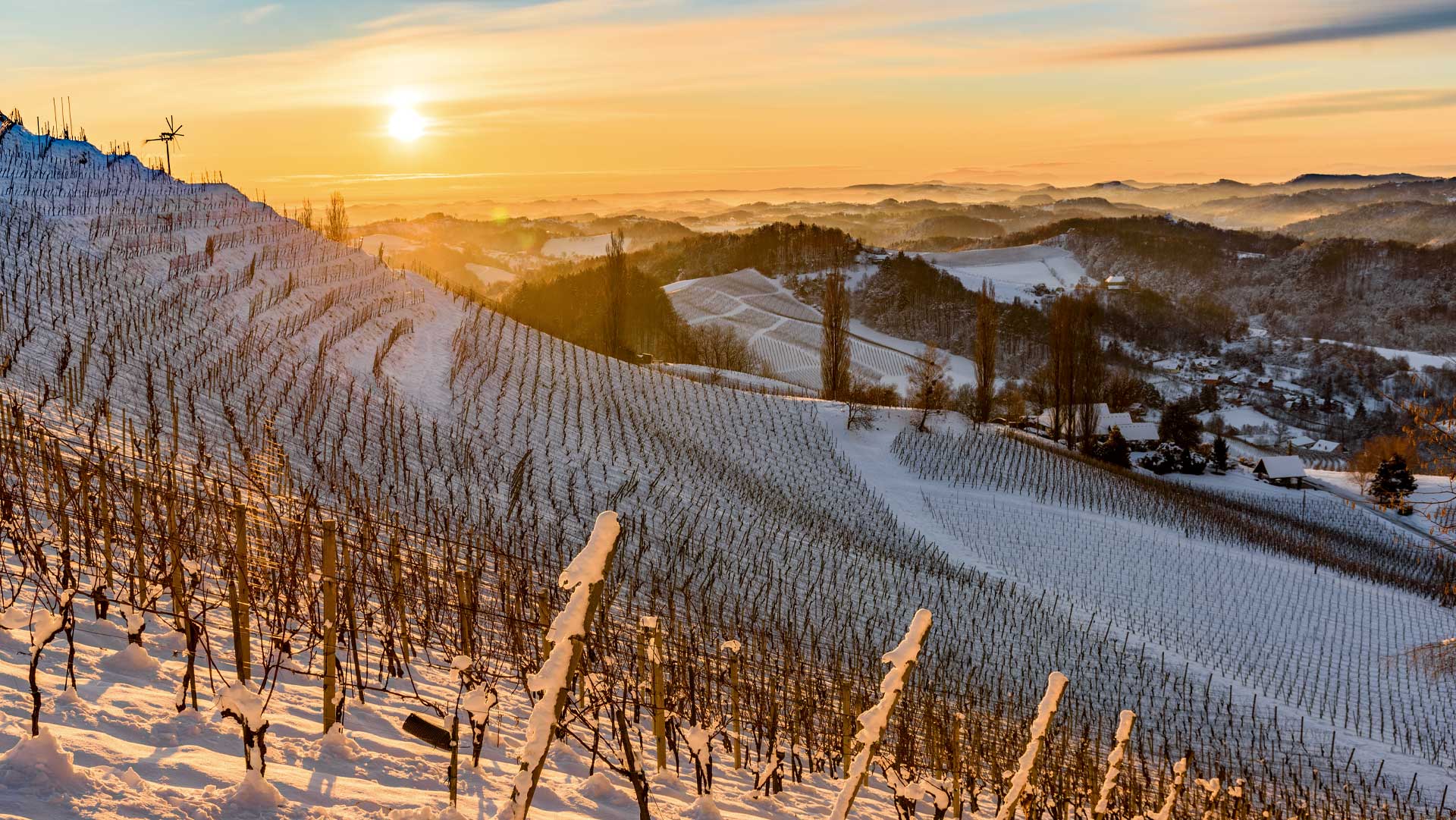
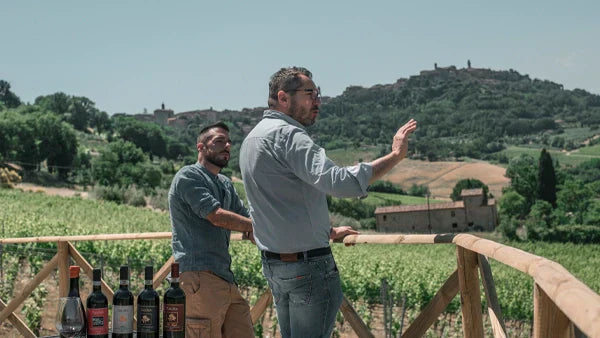

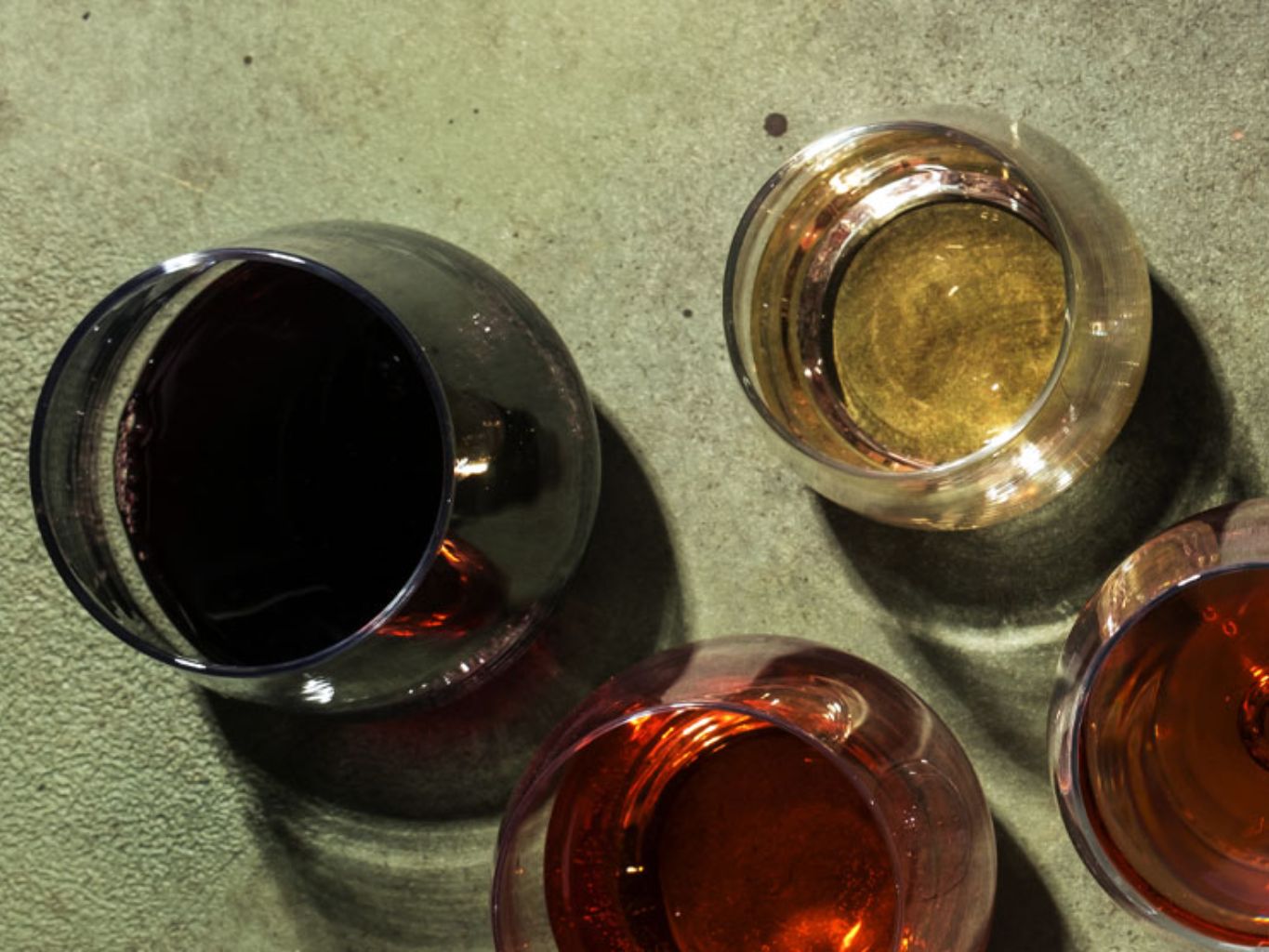
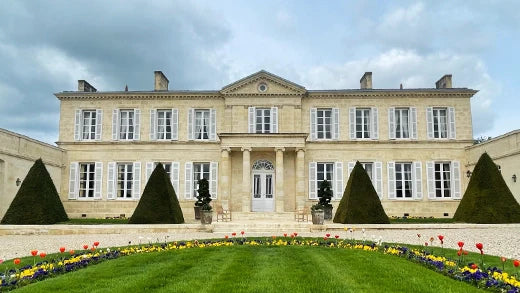
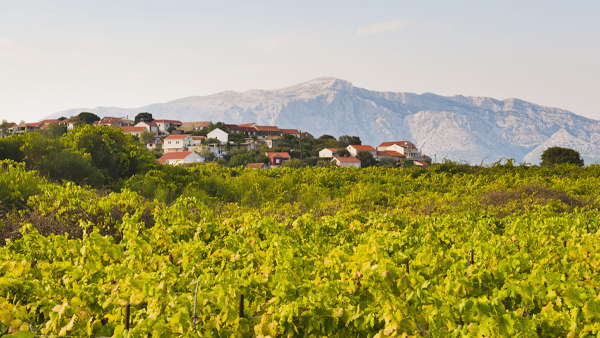
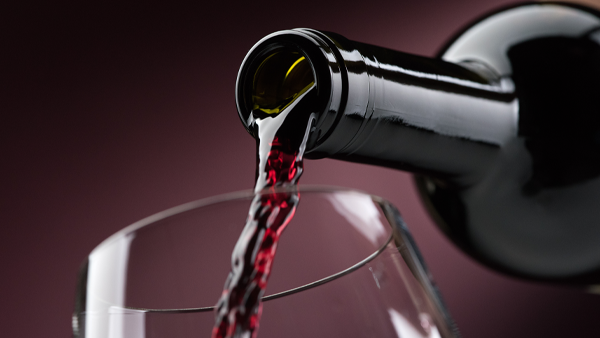
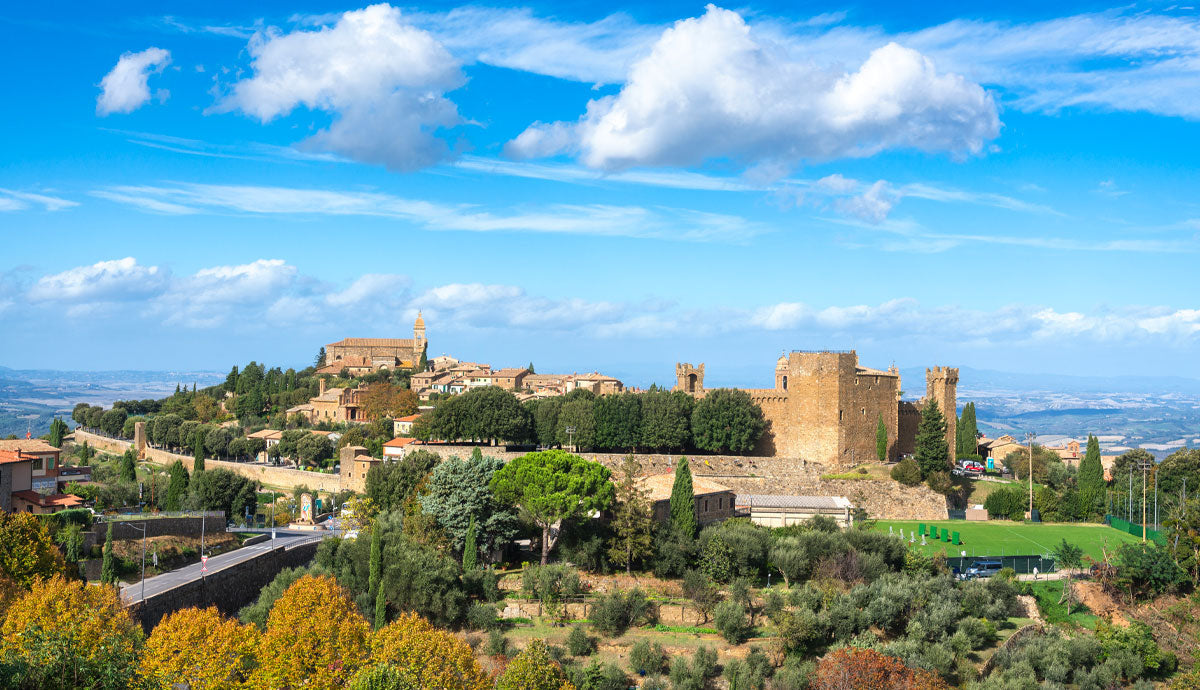
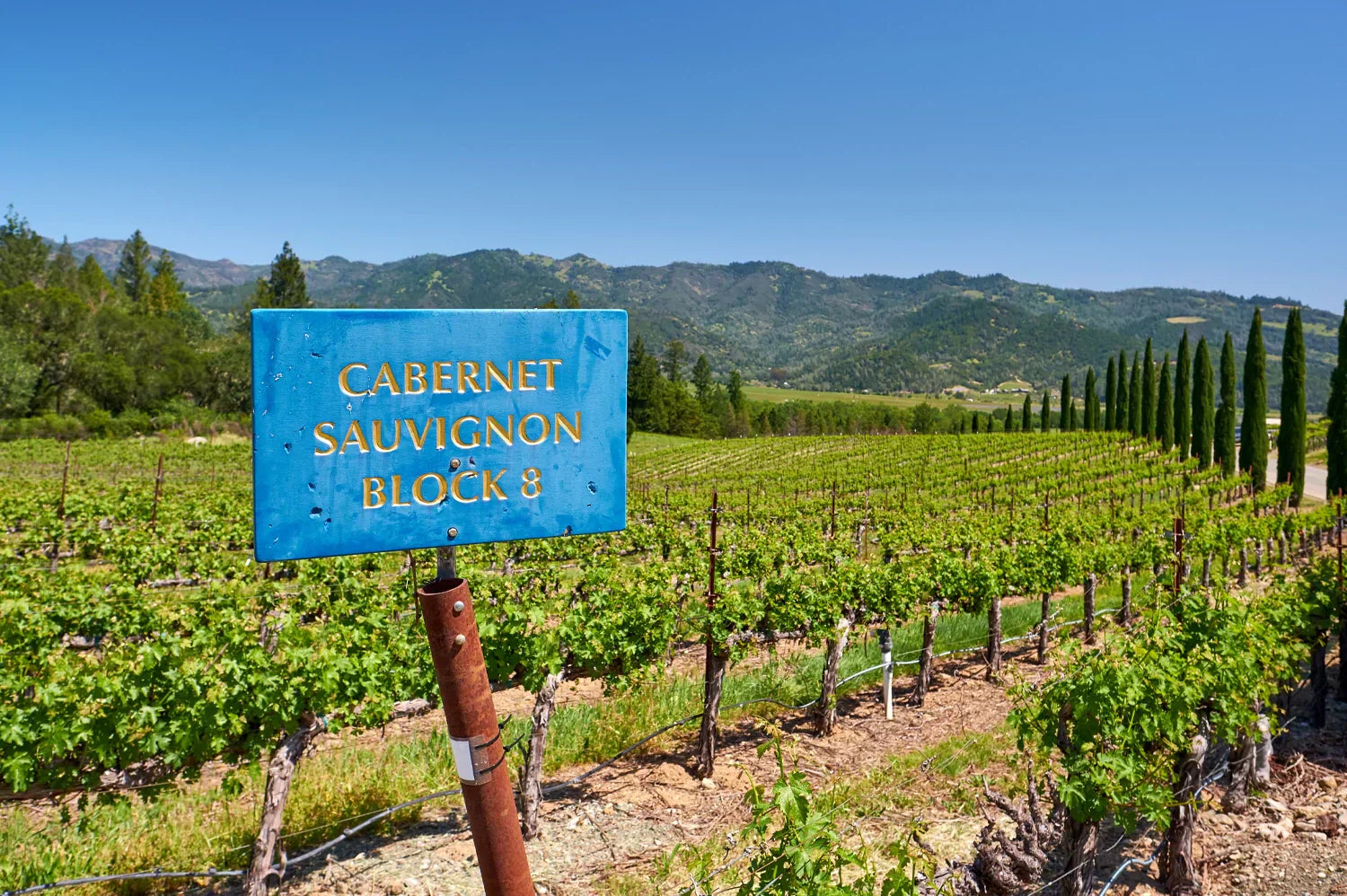
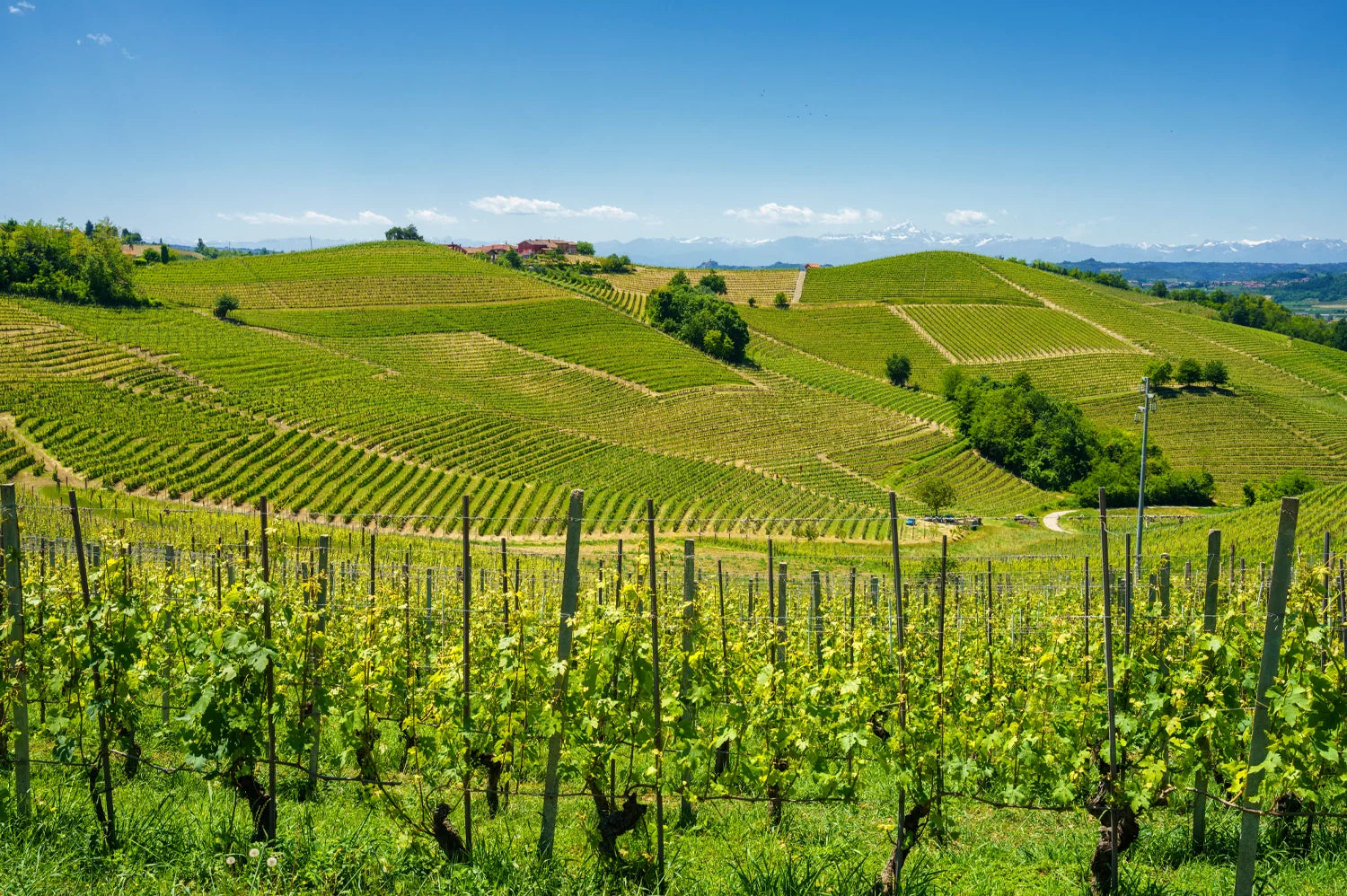
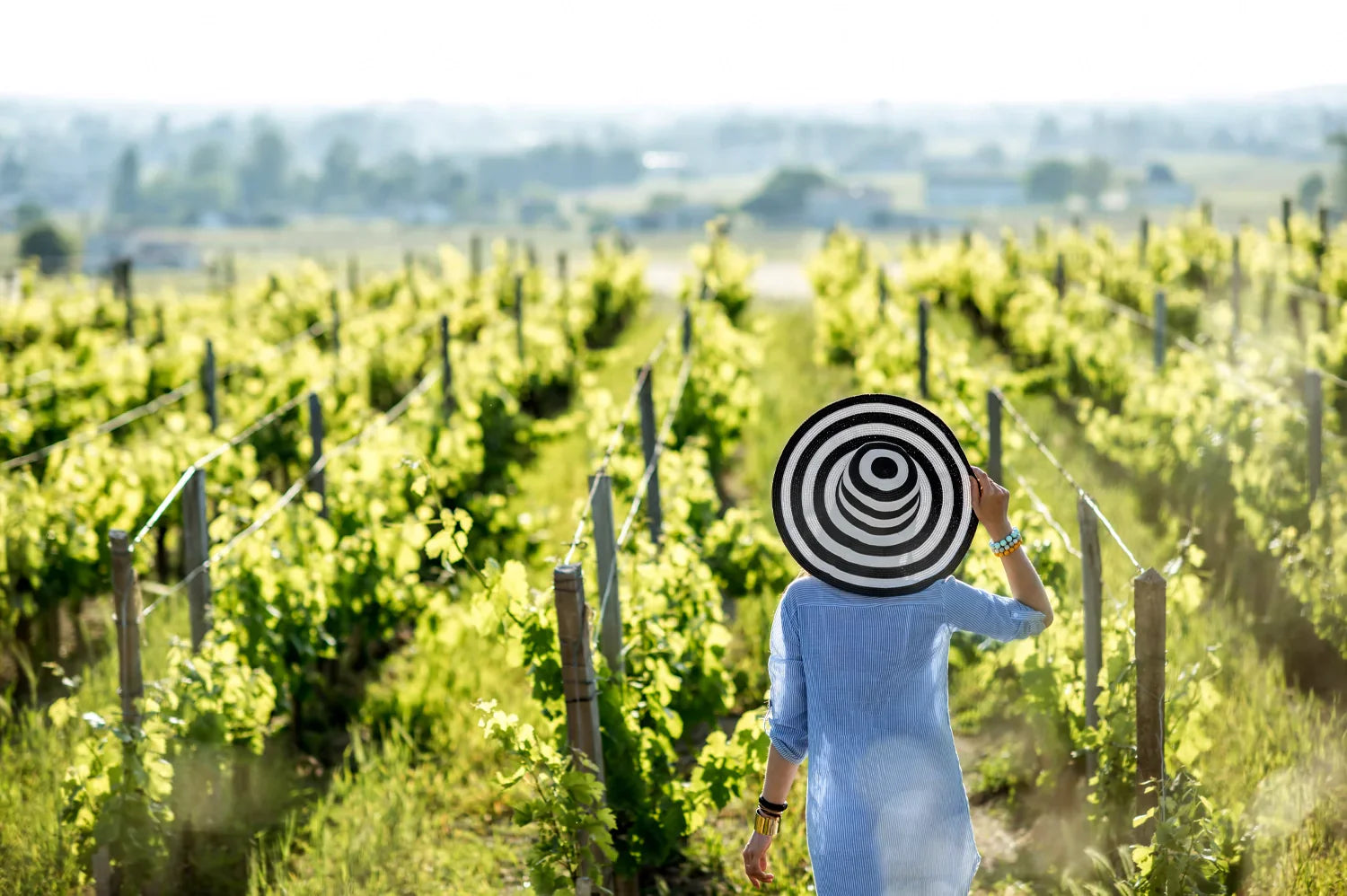
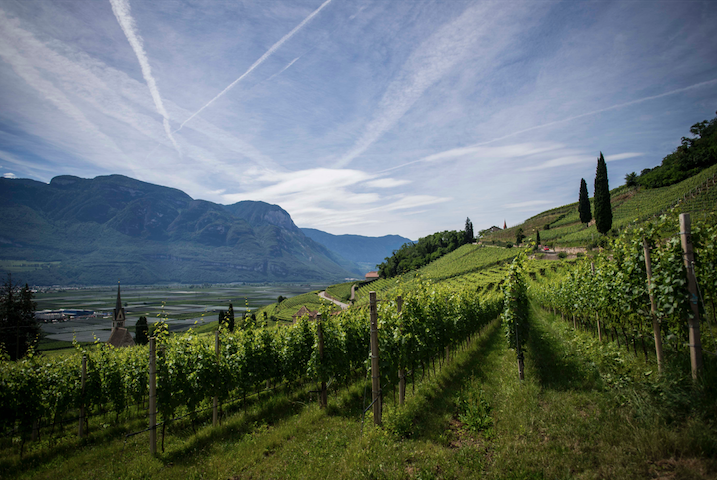
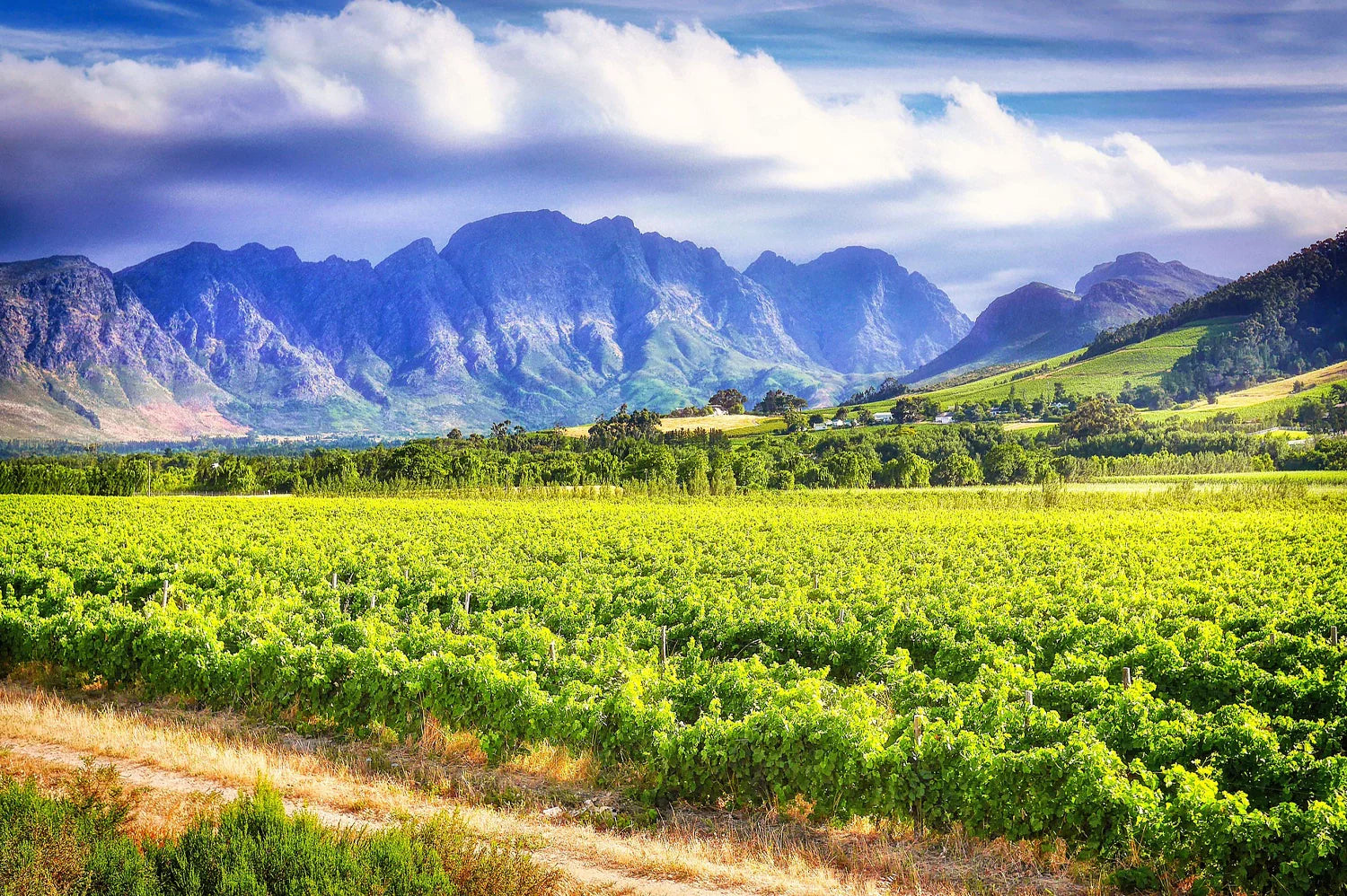
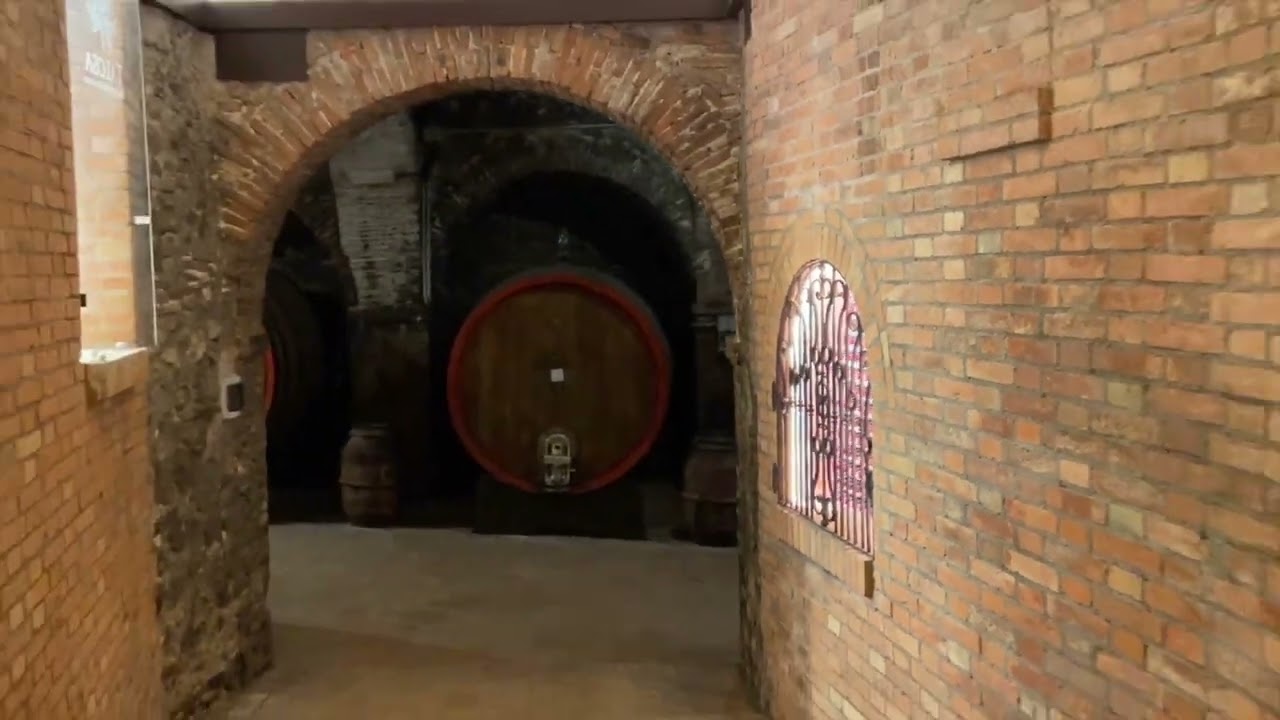
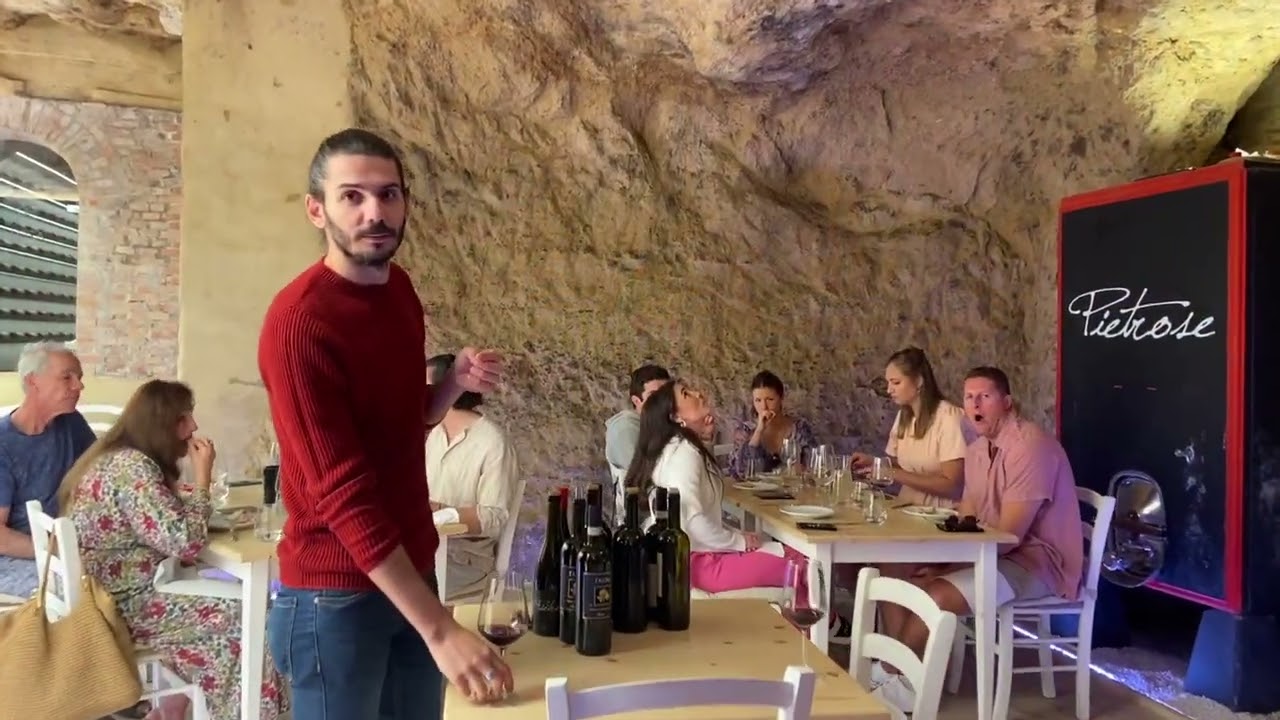
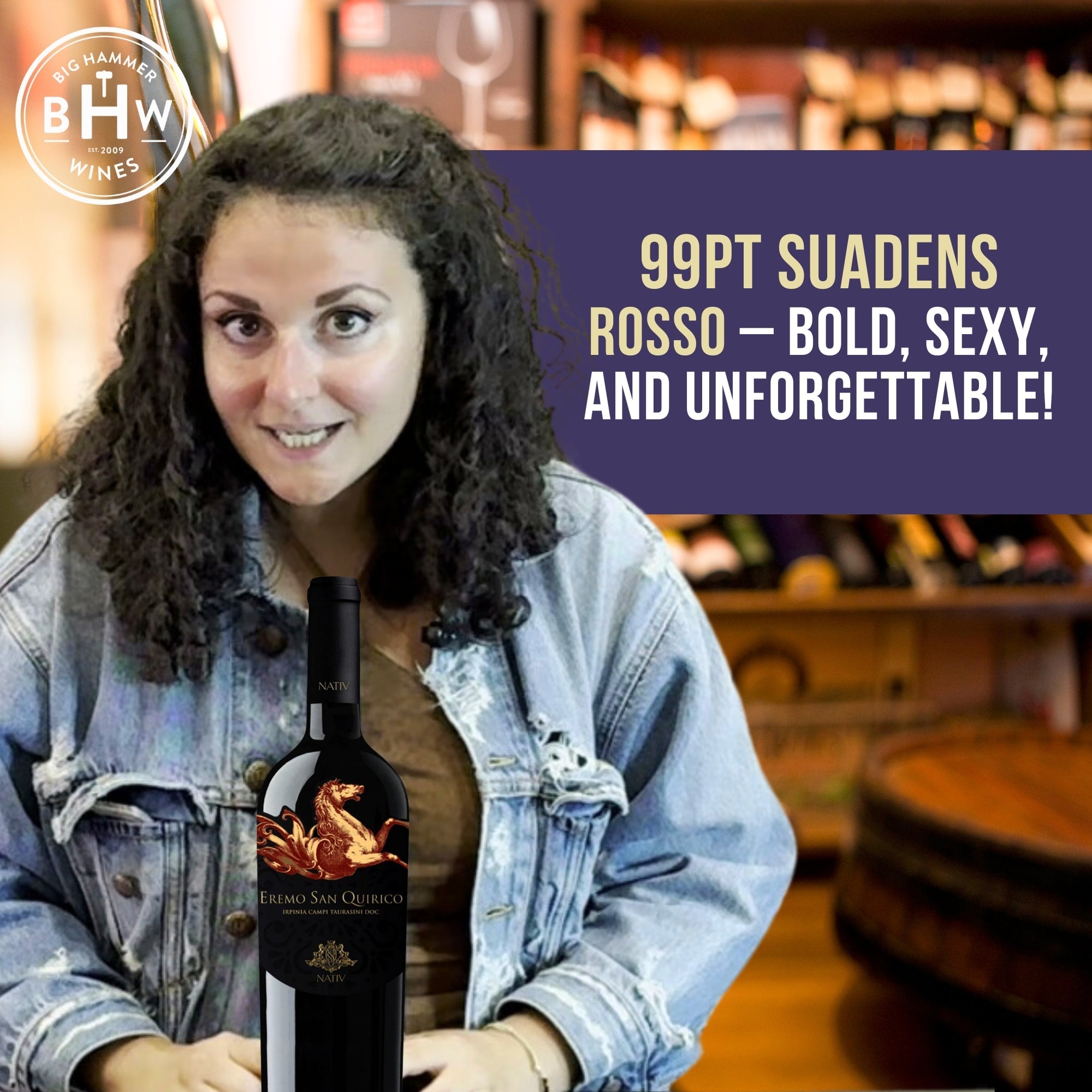
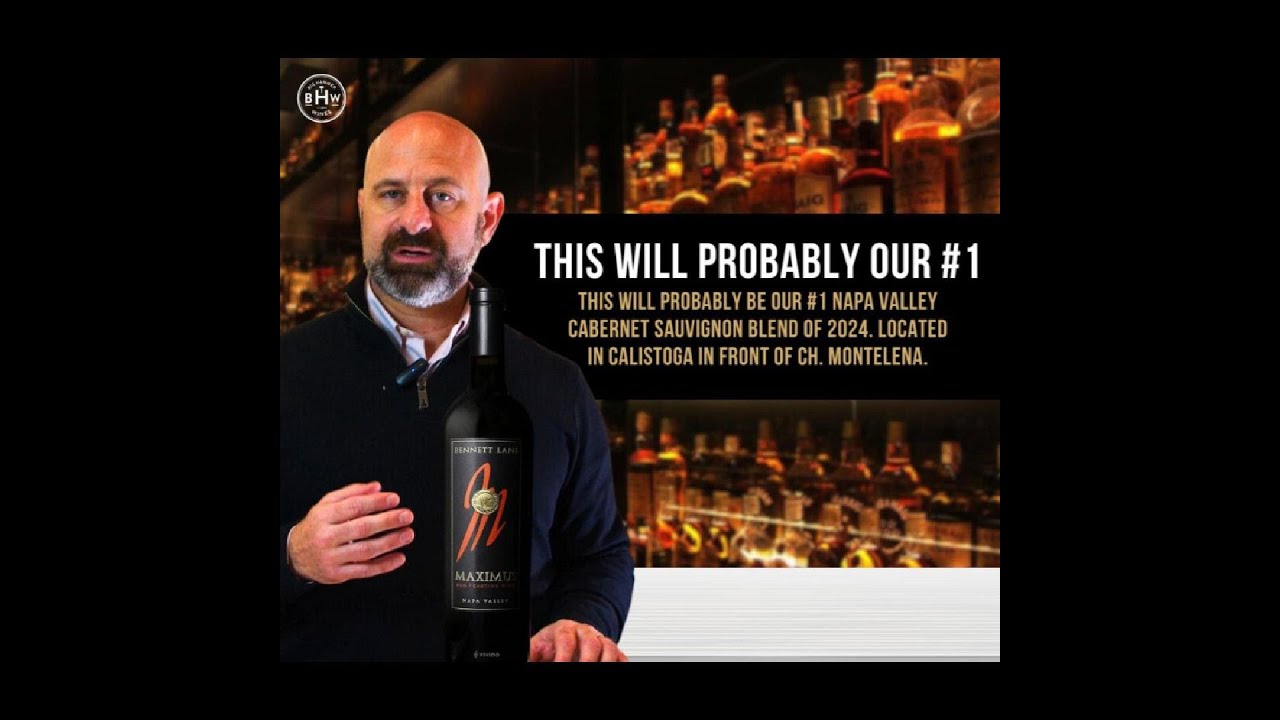
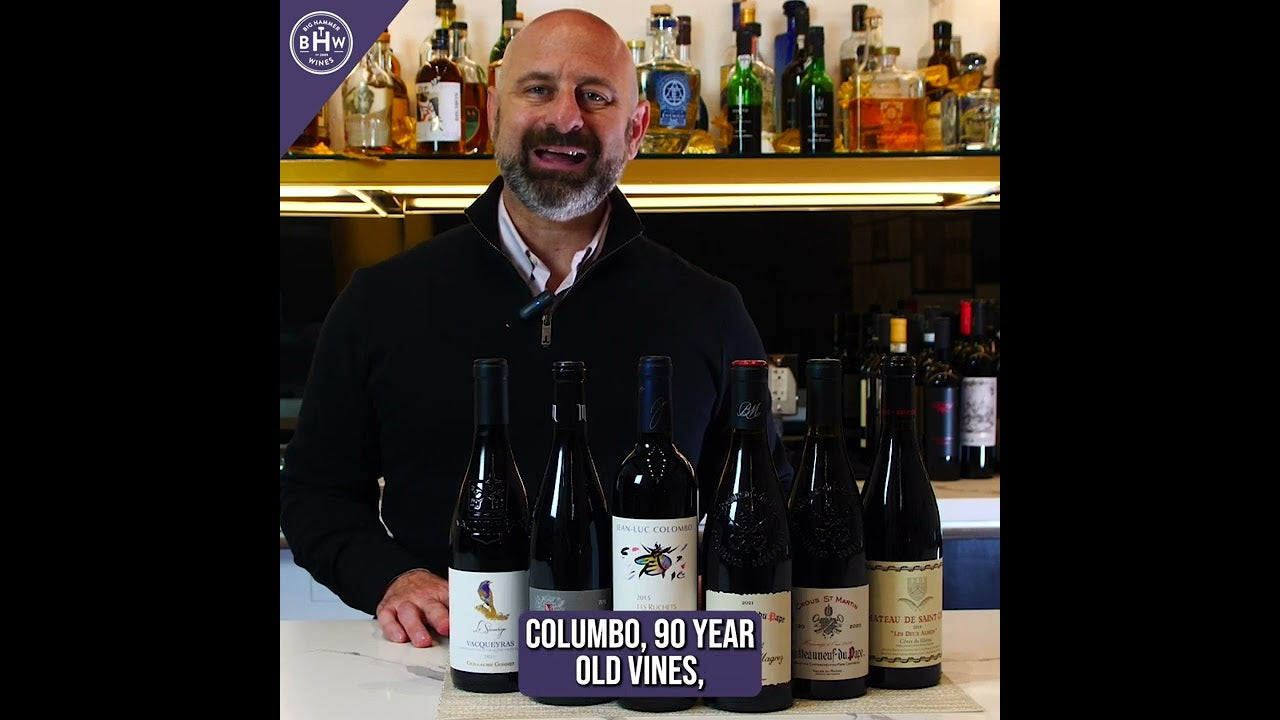
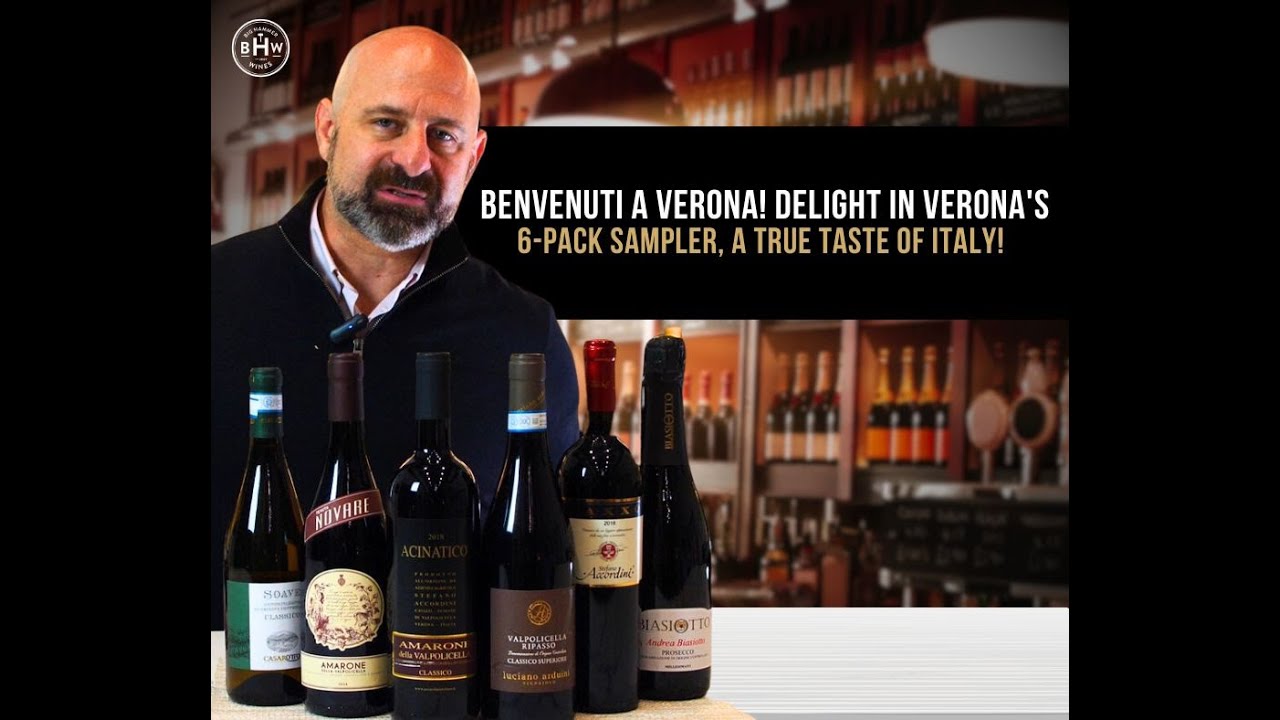
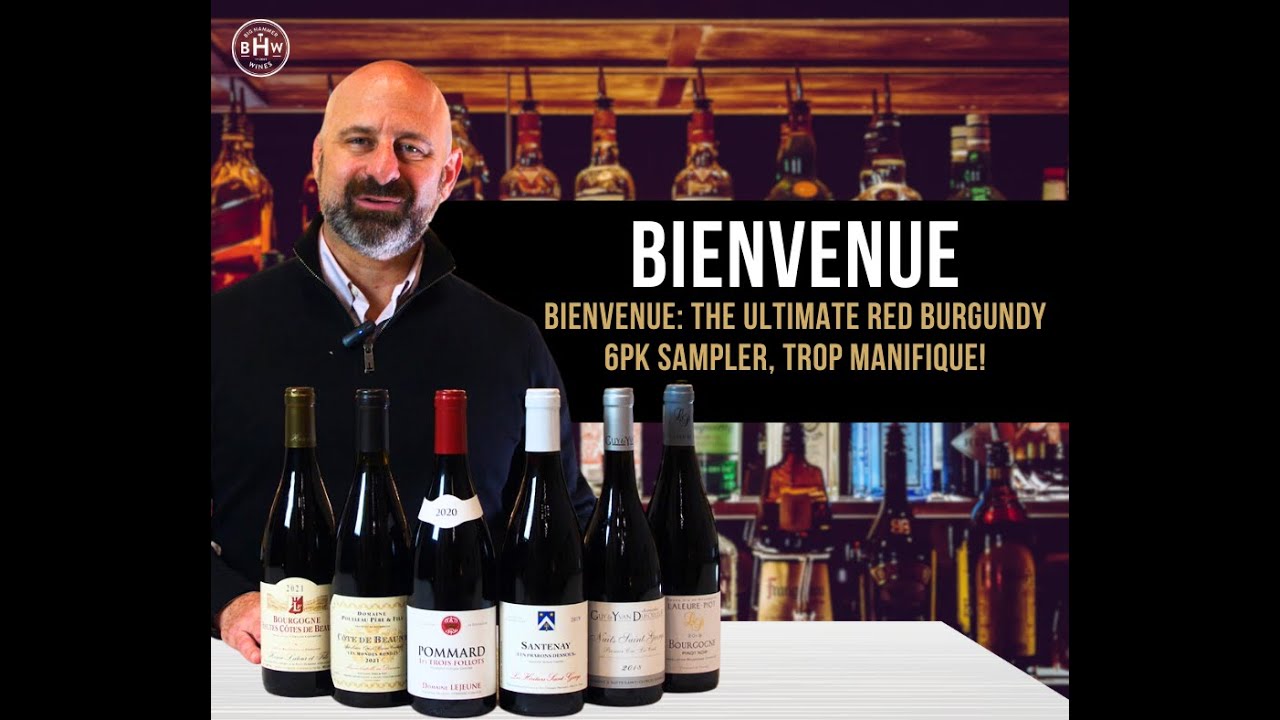
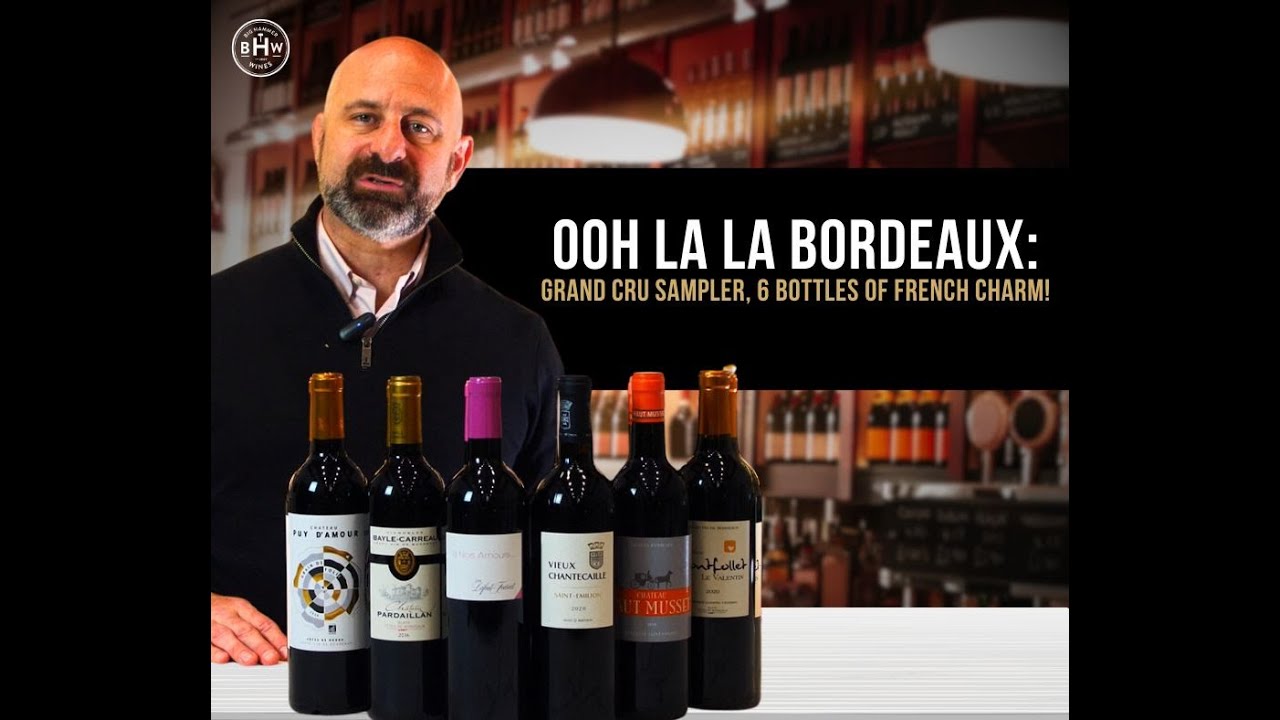
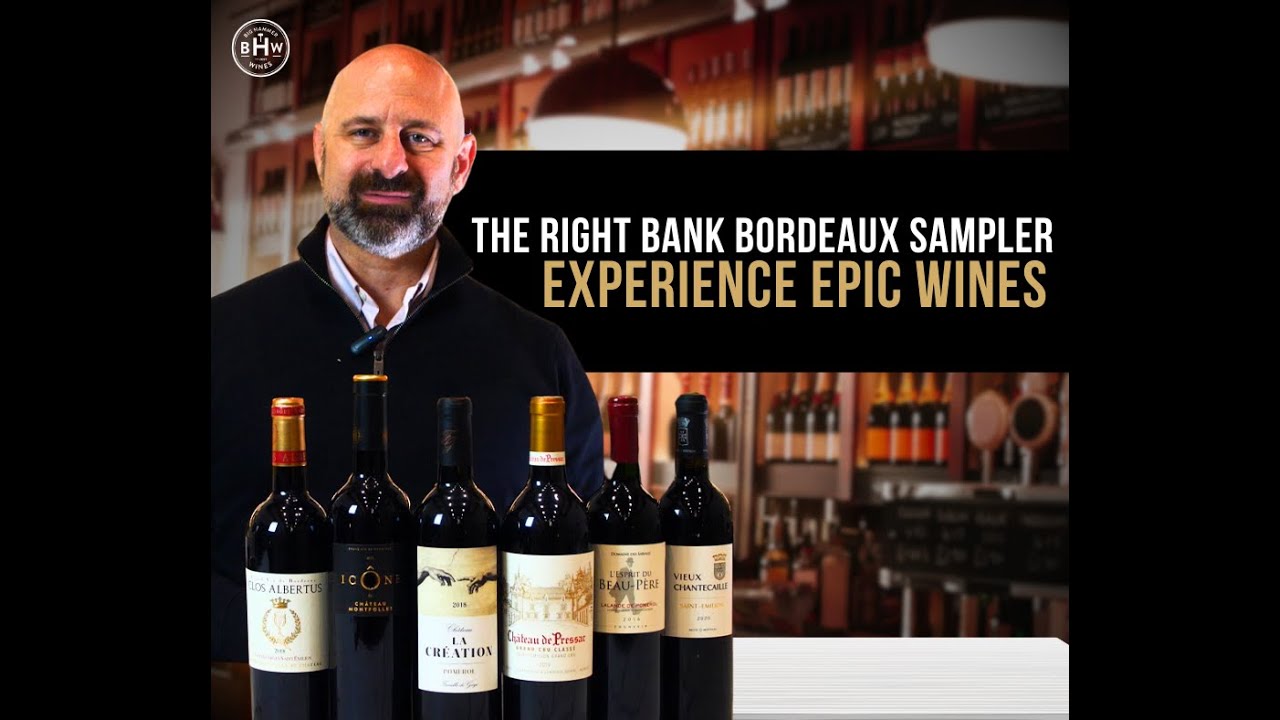
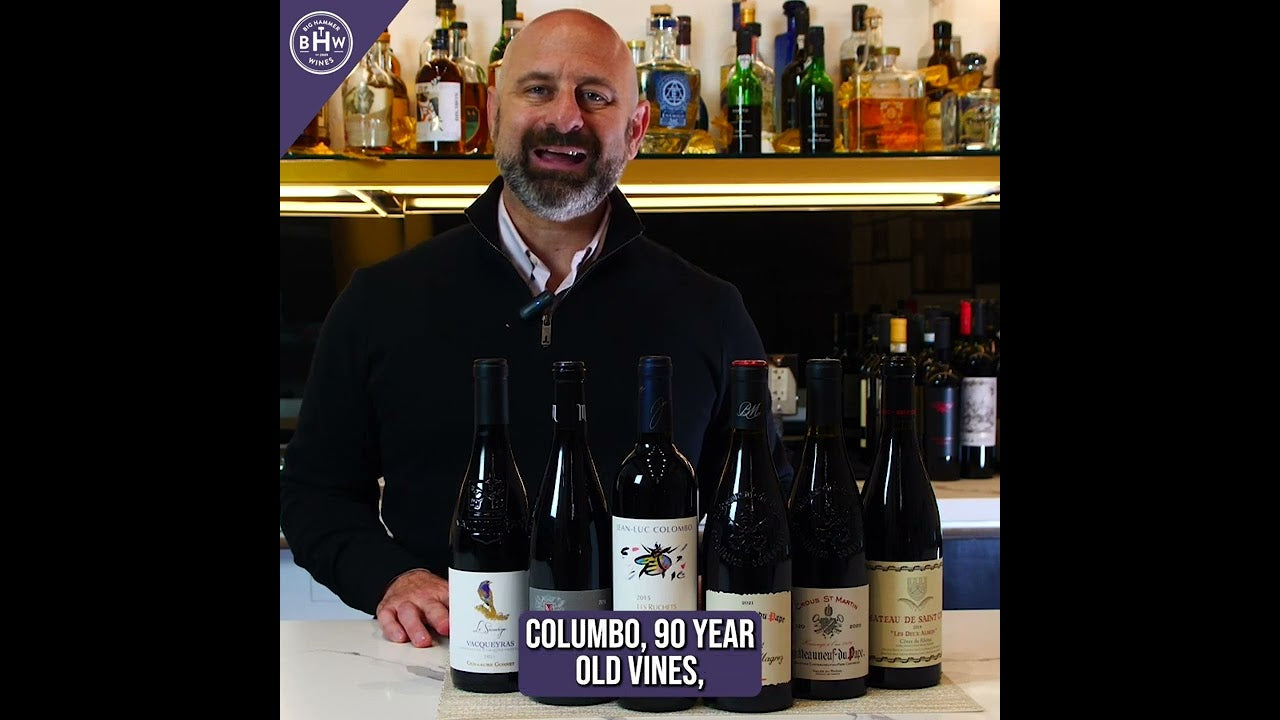
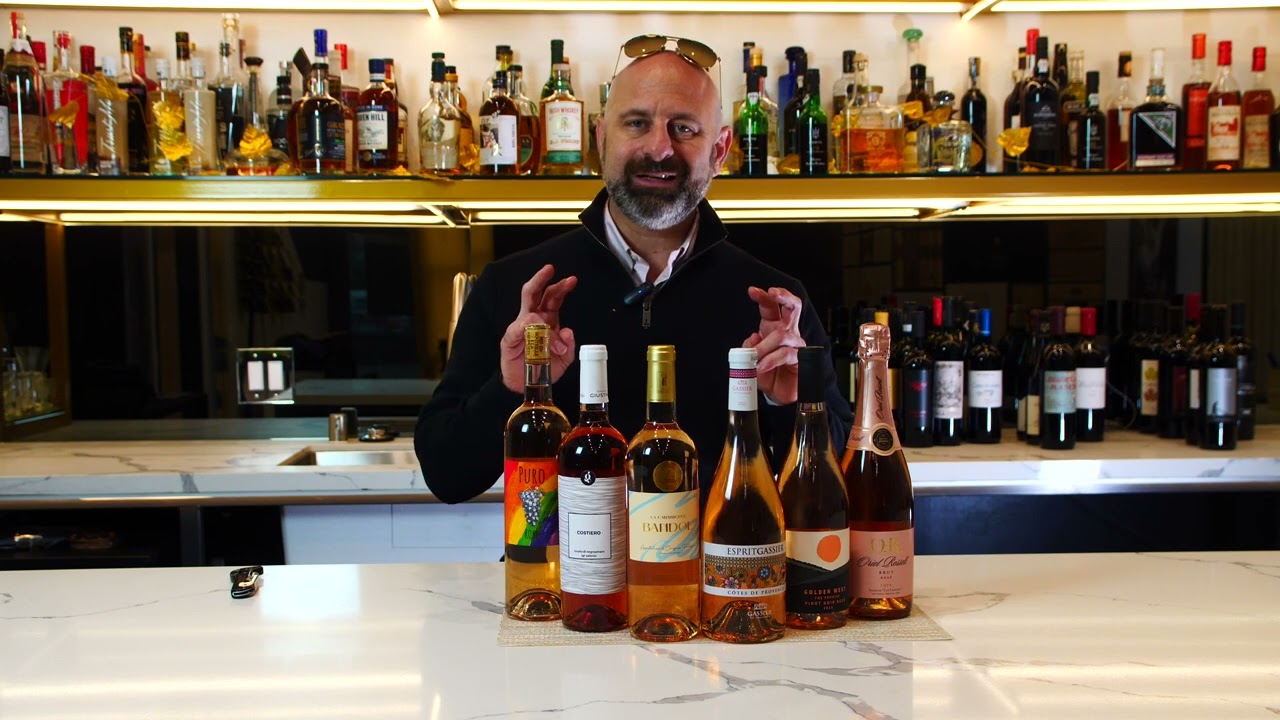
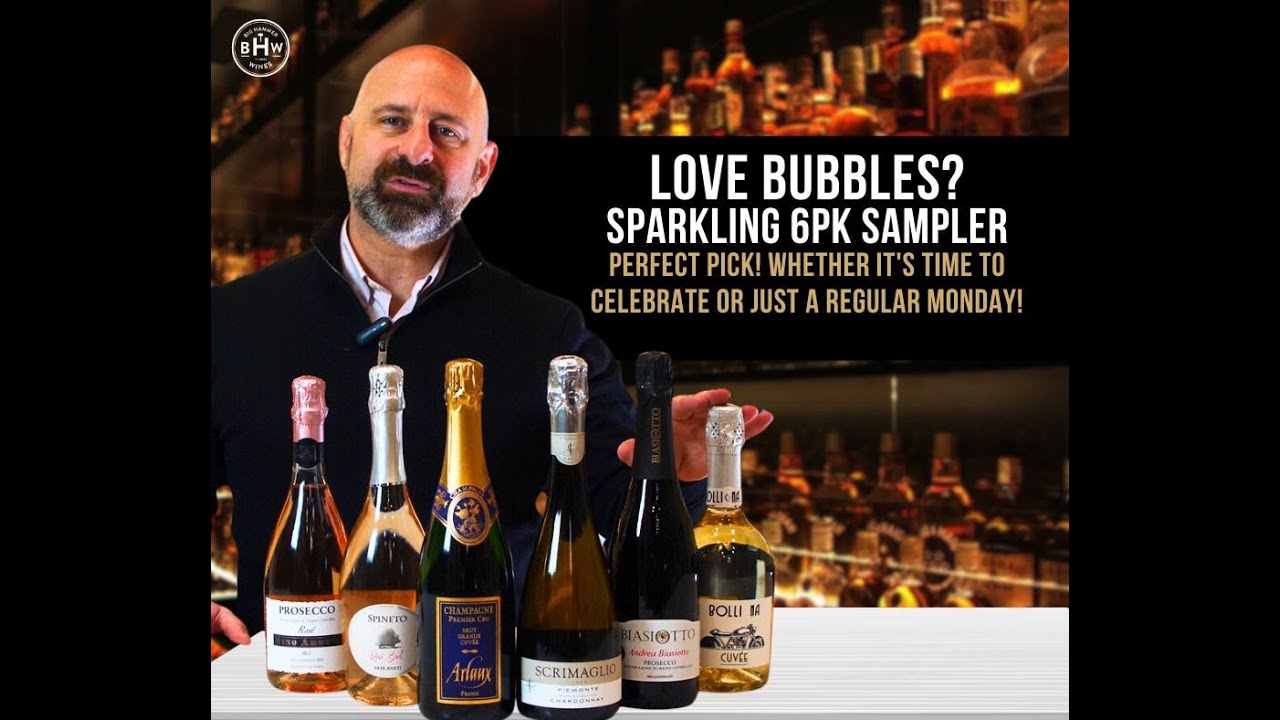
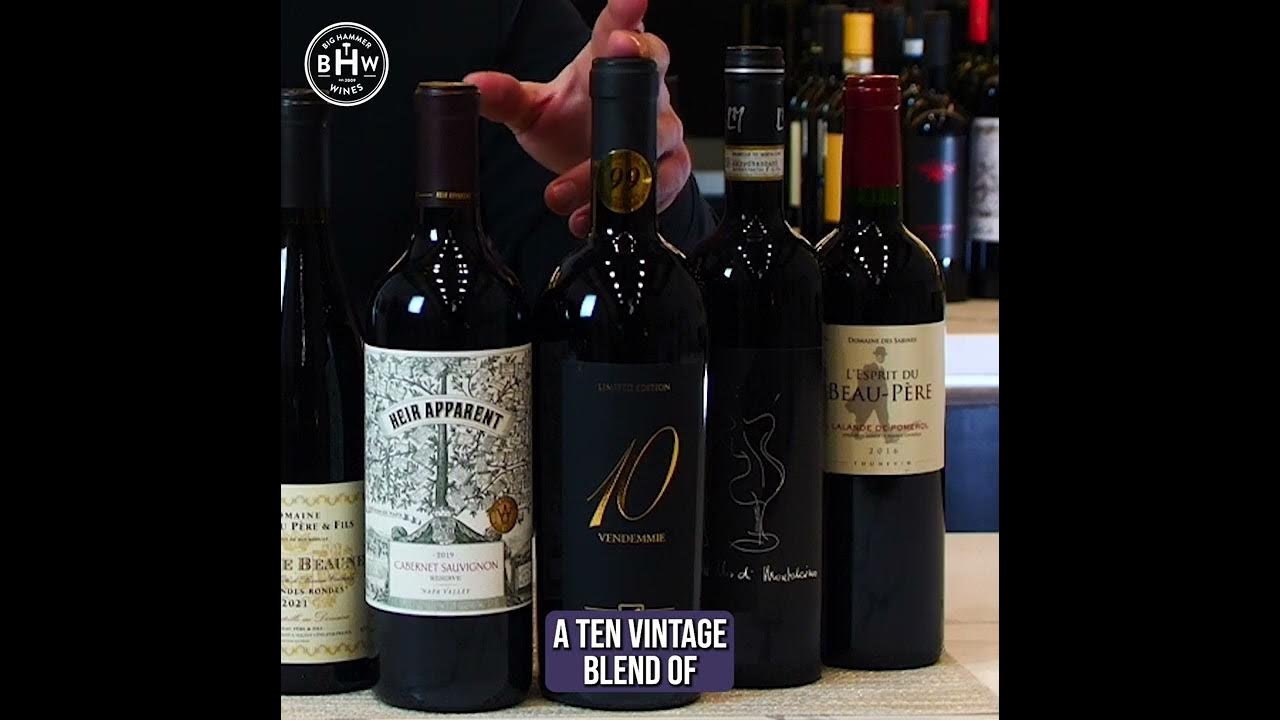
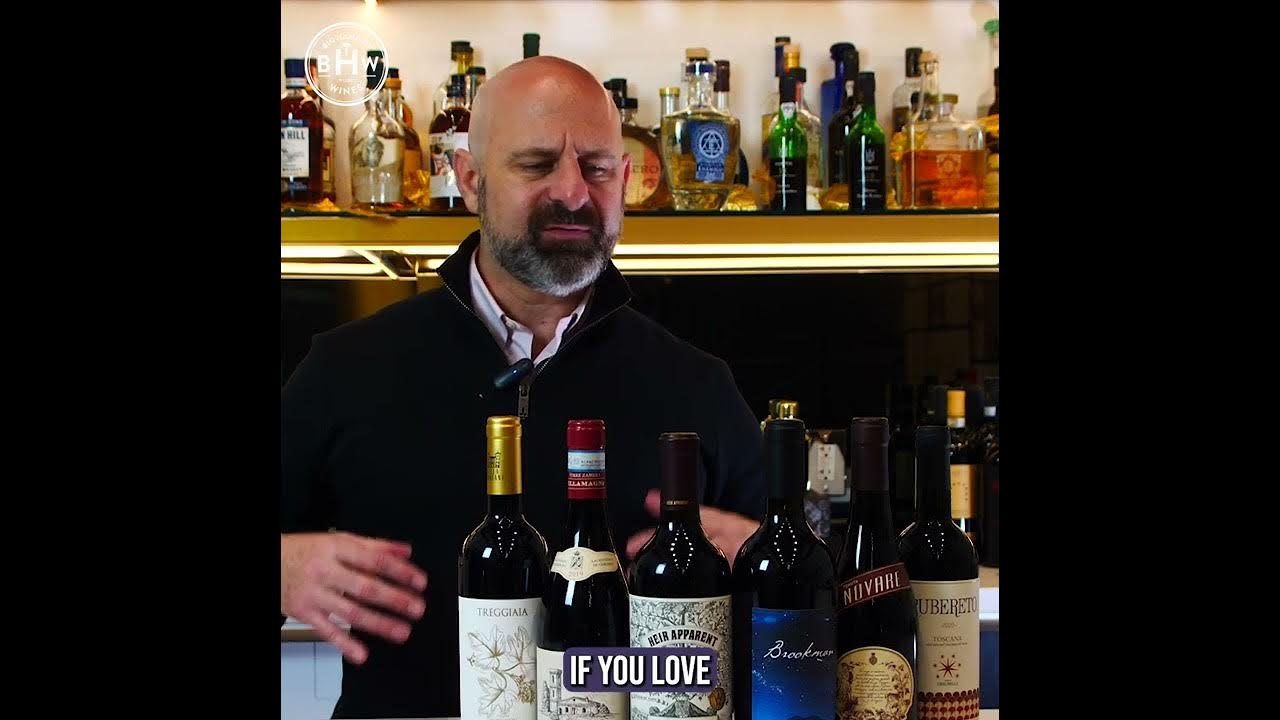
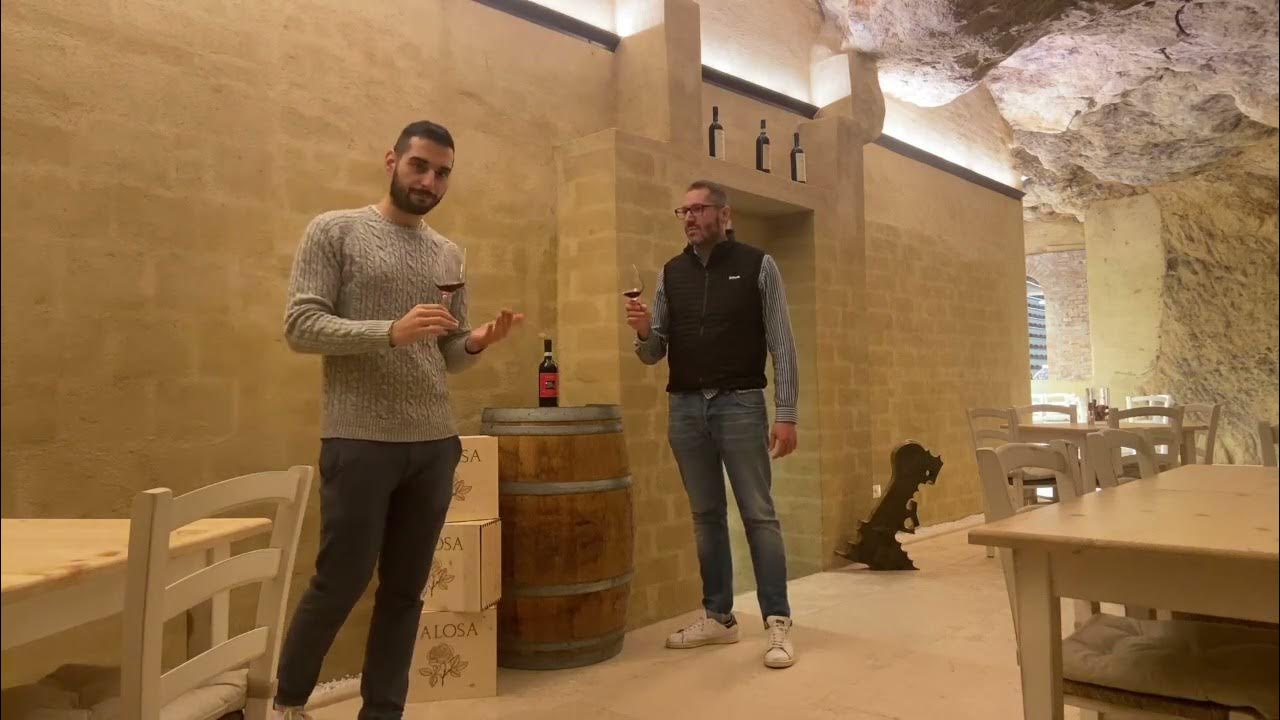
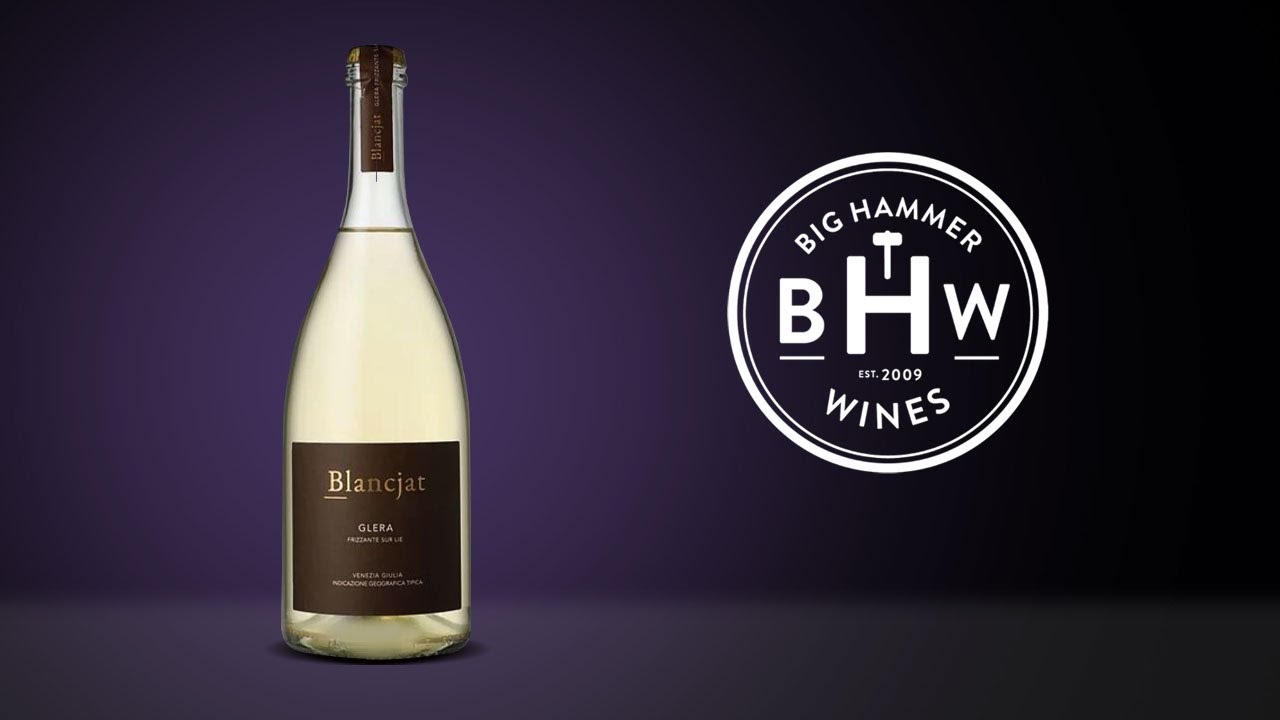
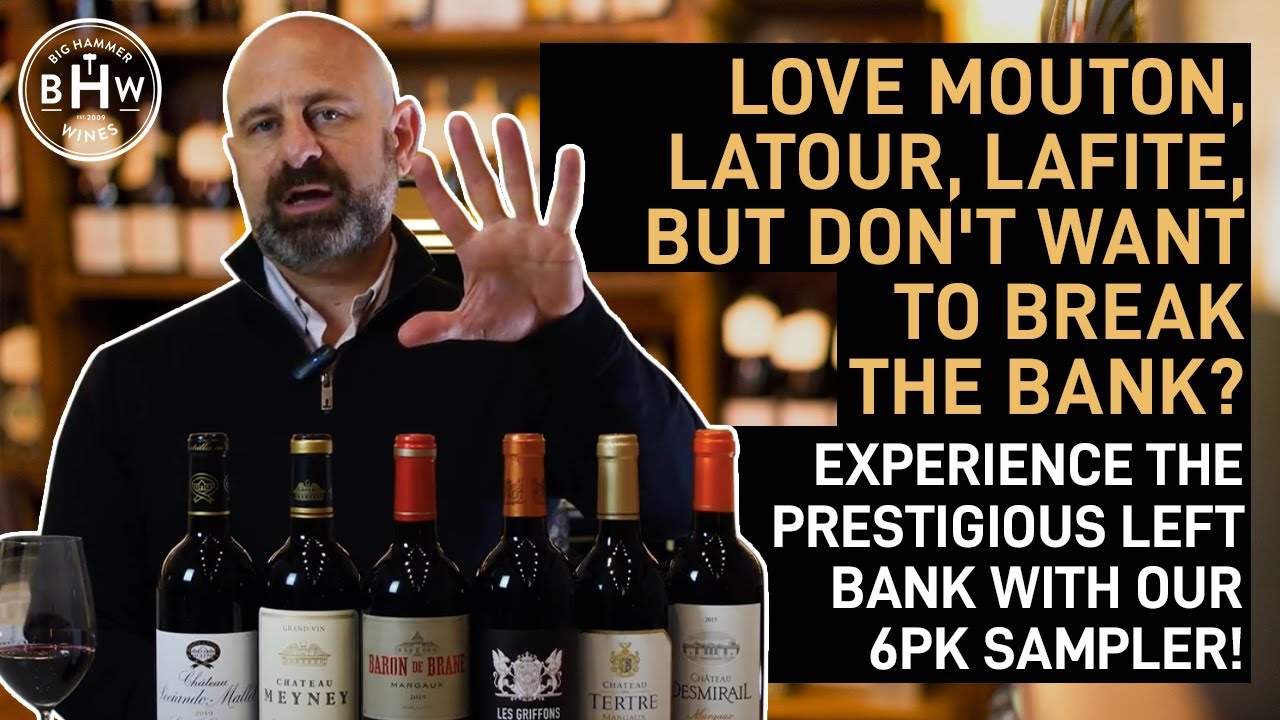
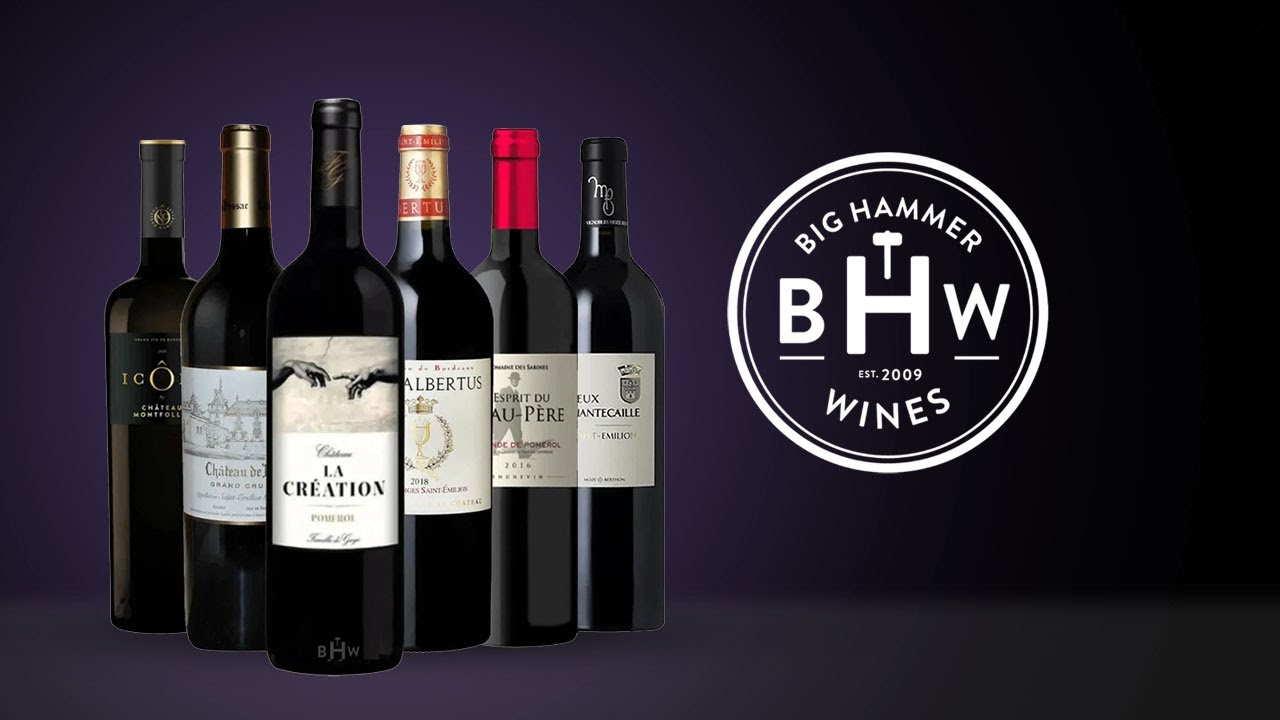
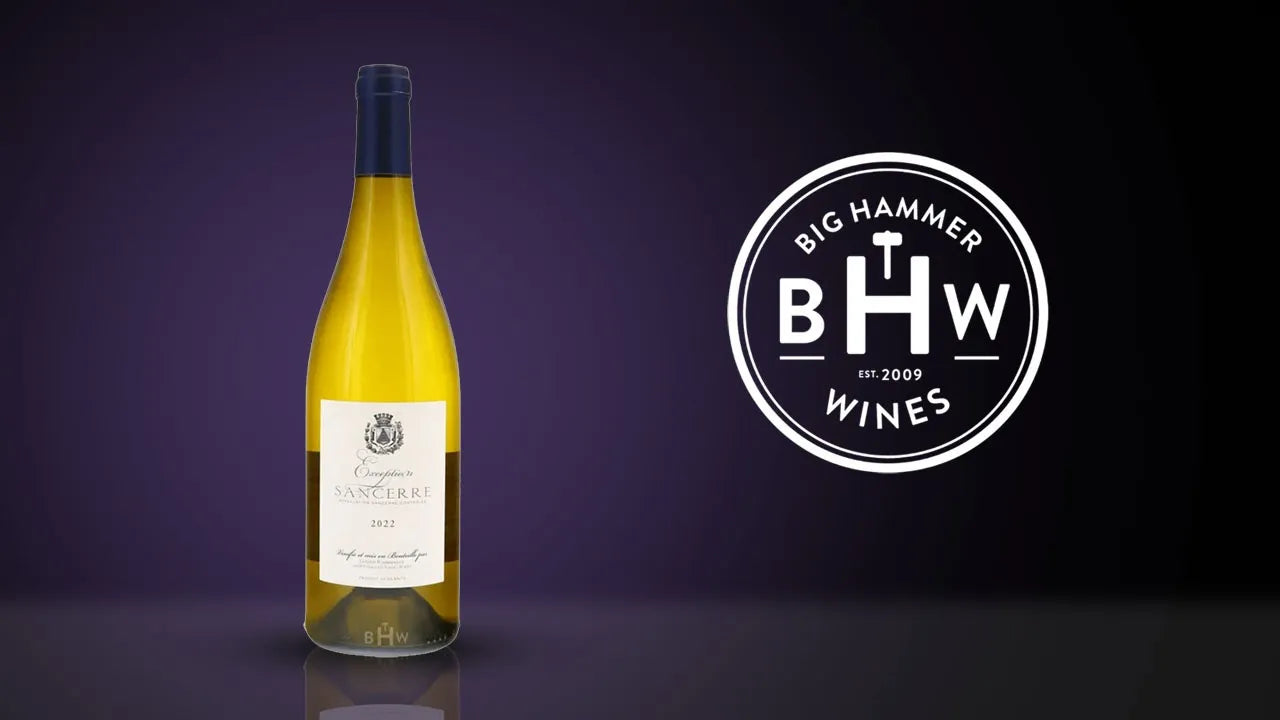
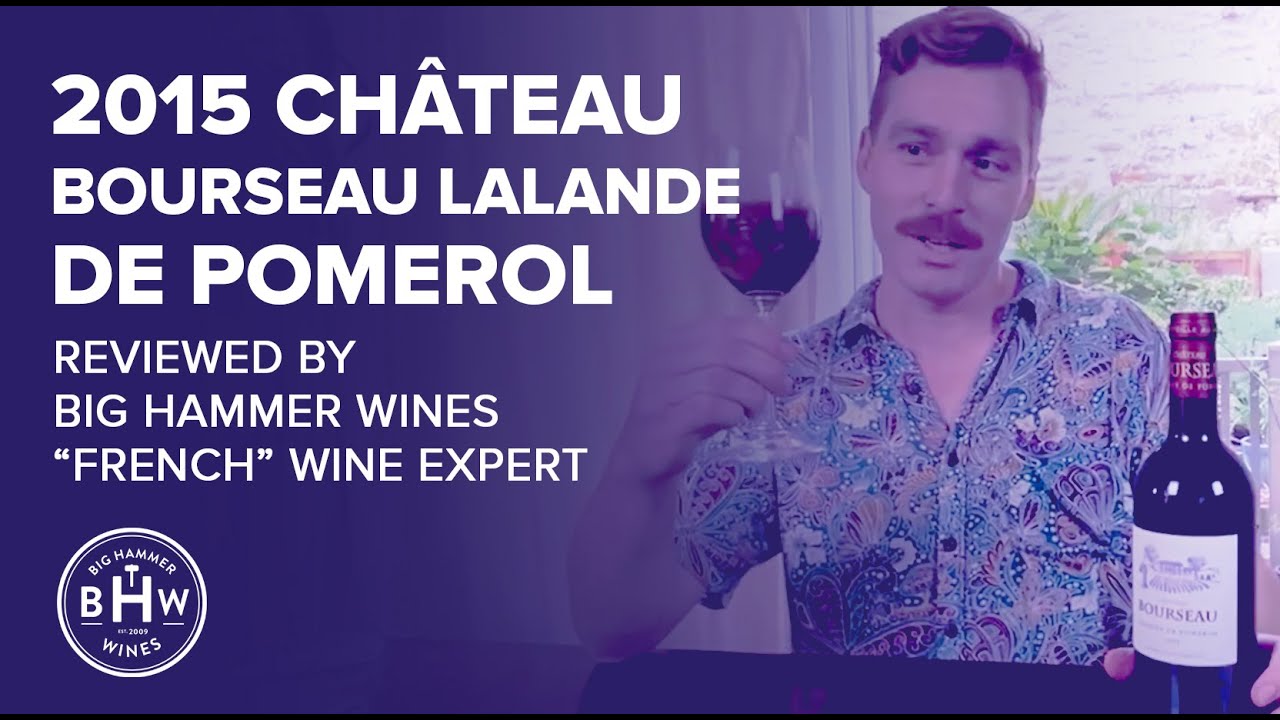
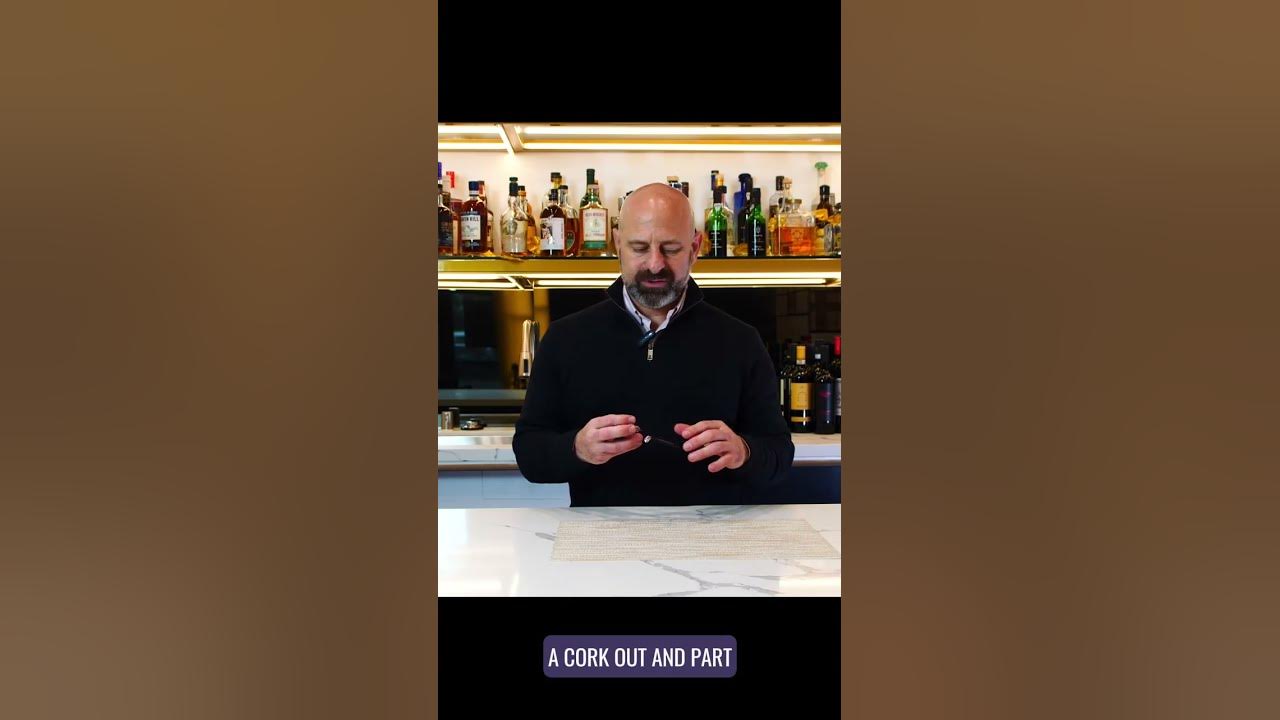
Share:
Mexico Wine
Burgundy Wine
Comments Section